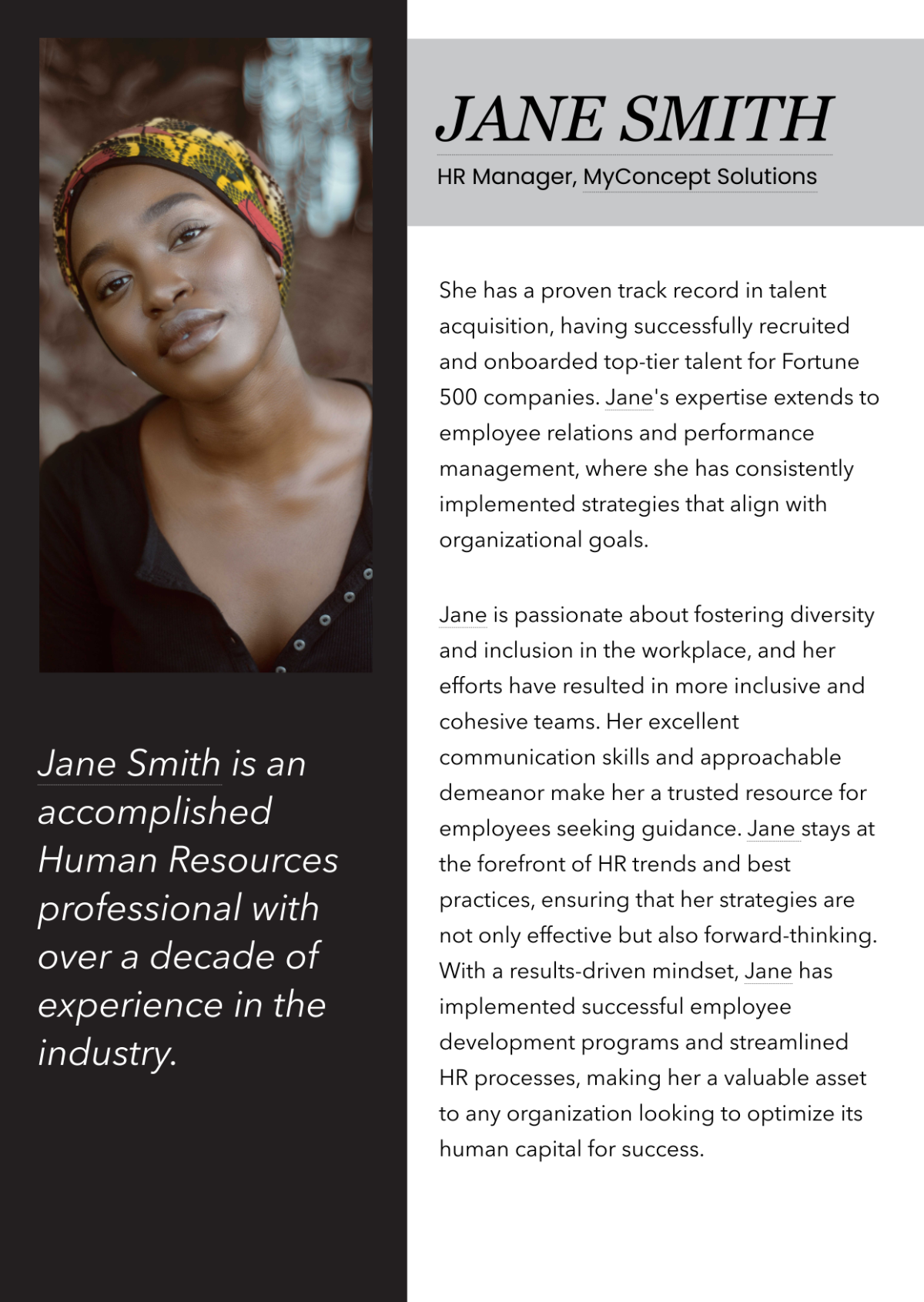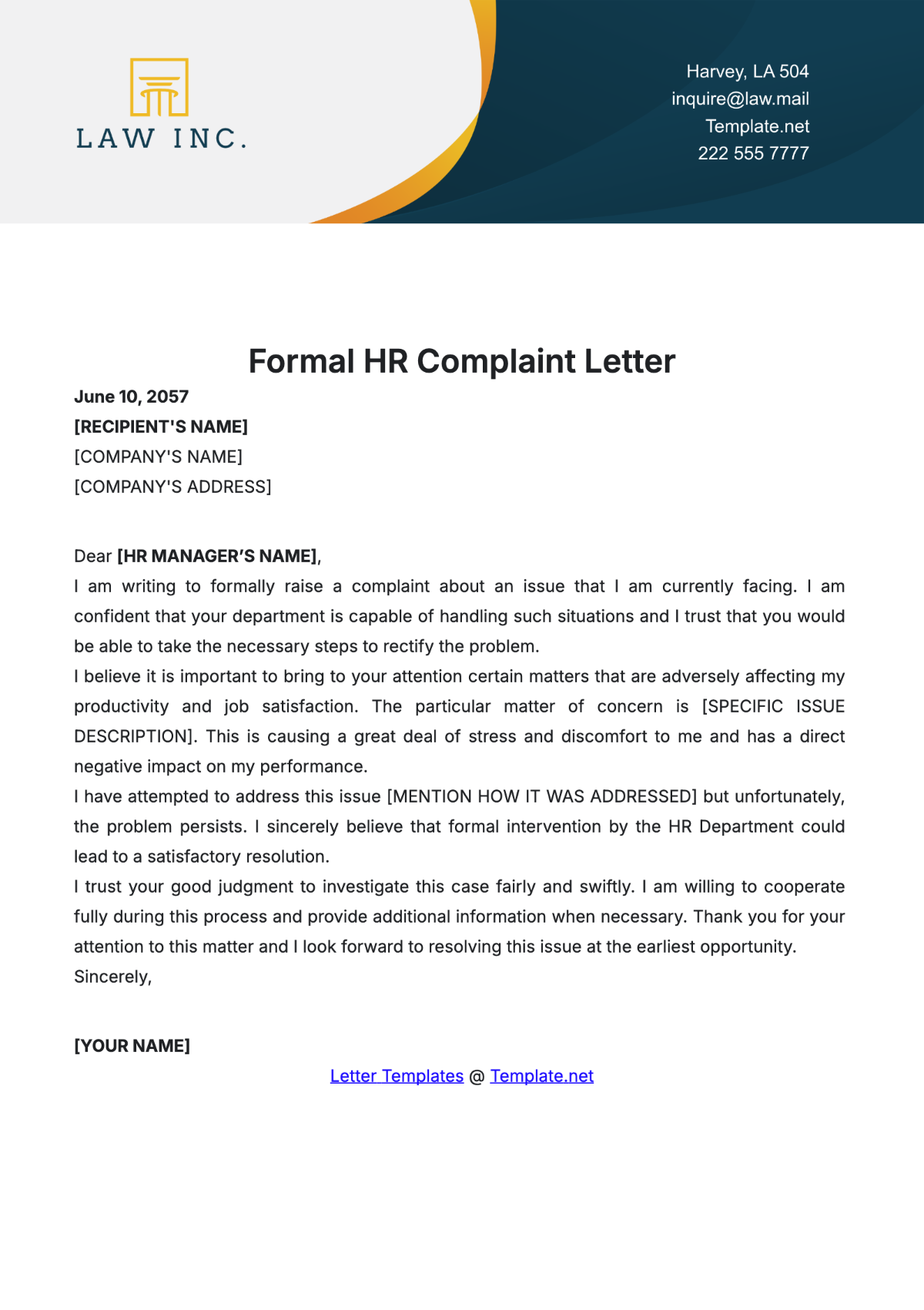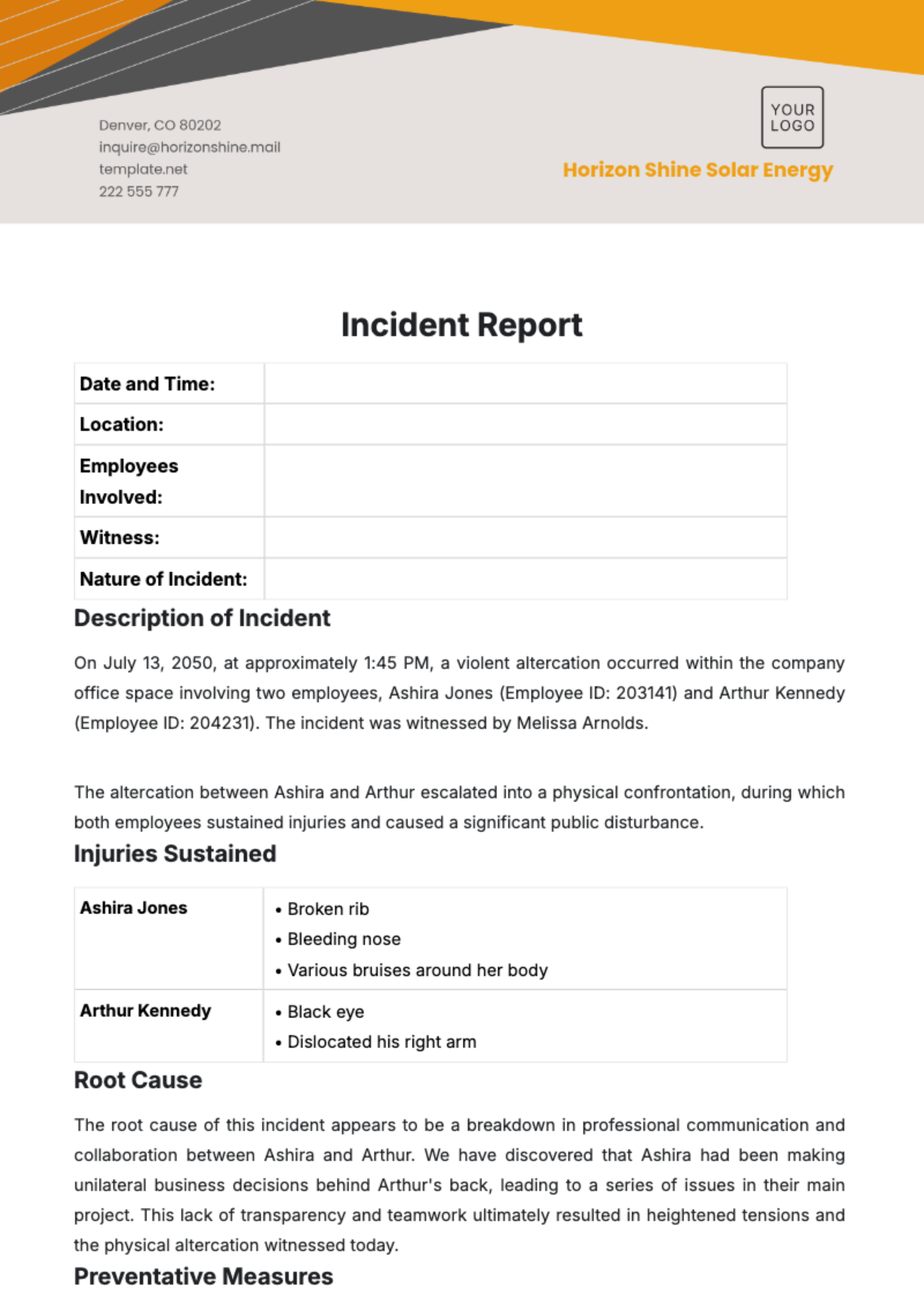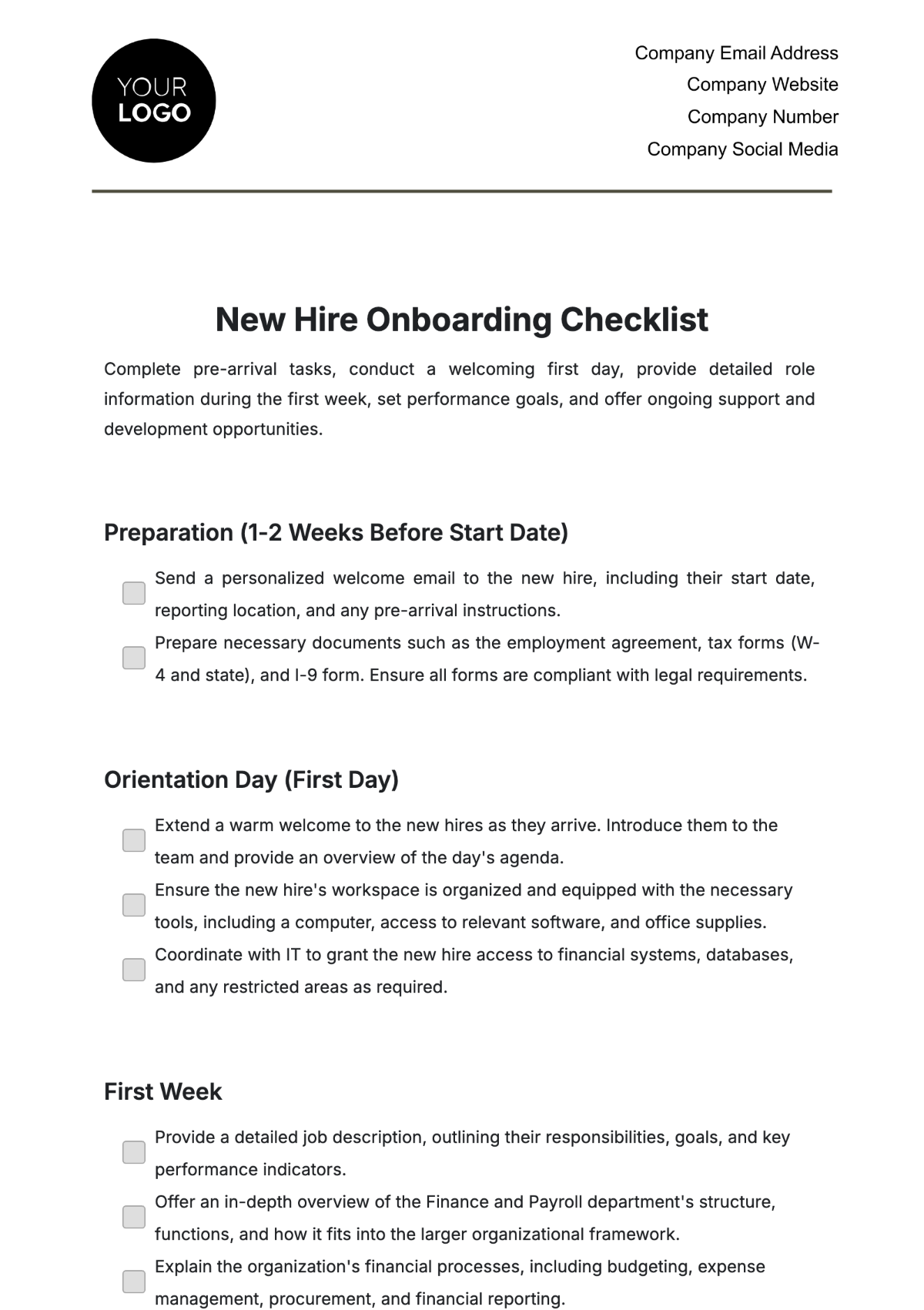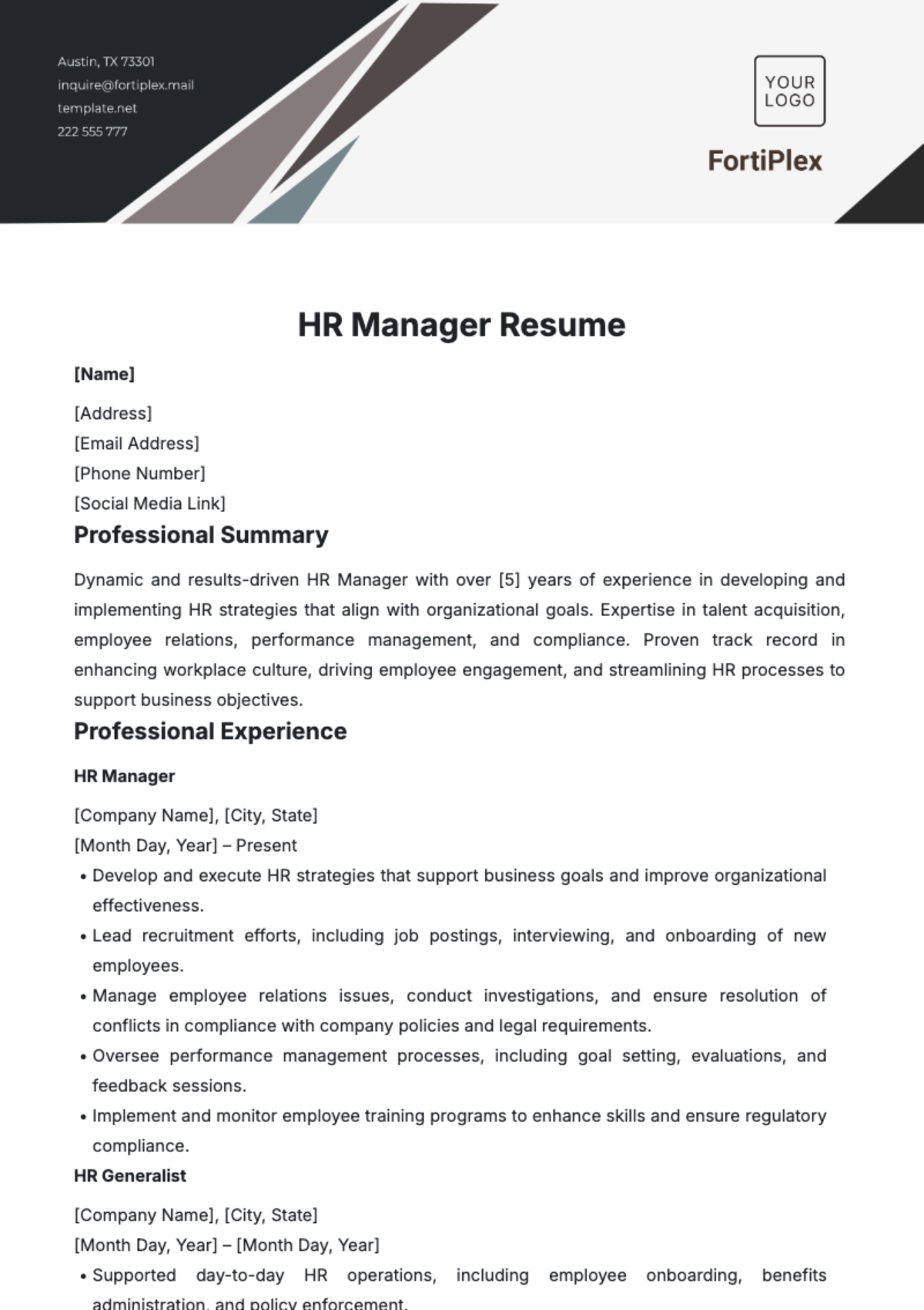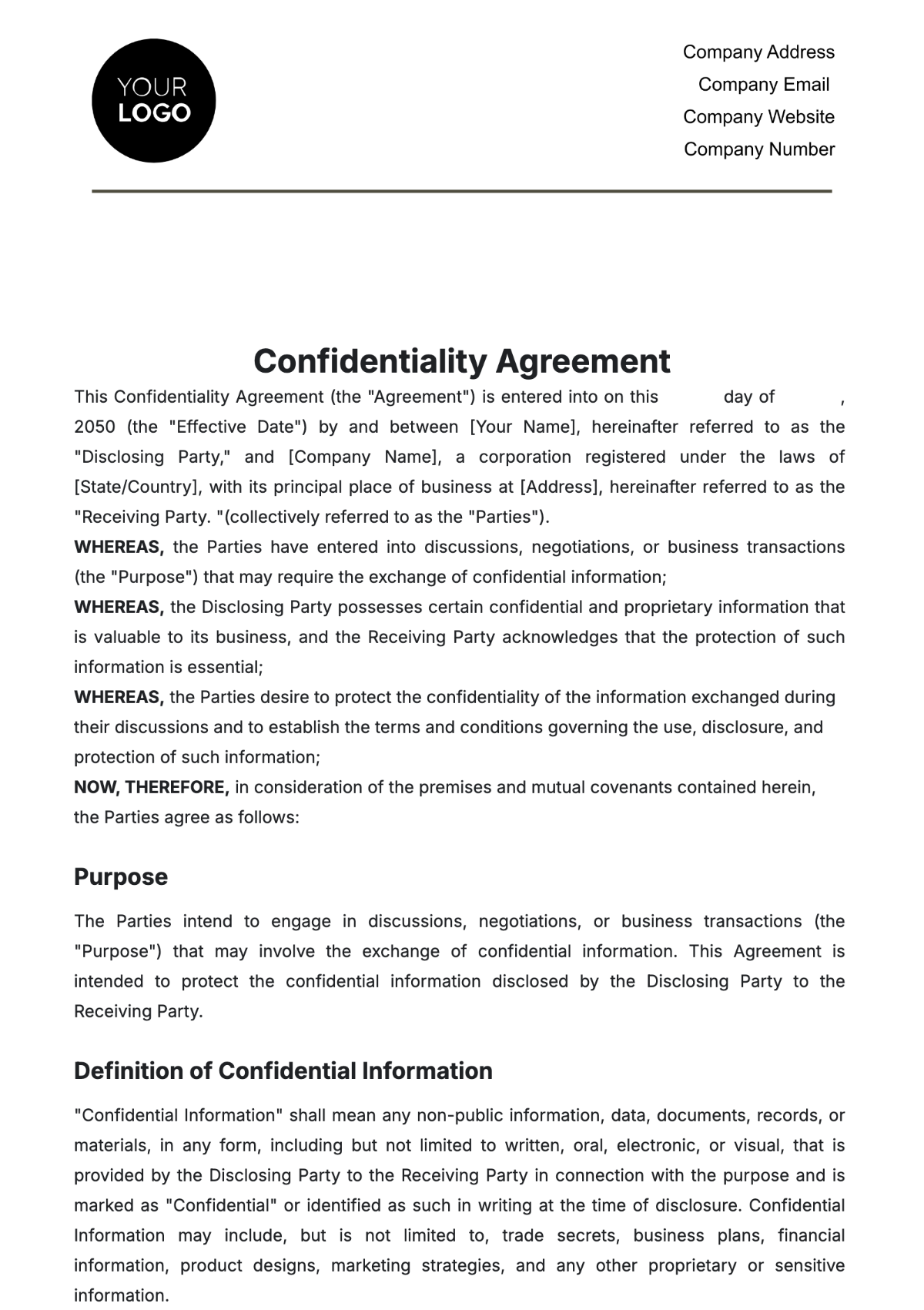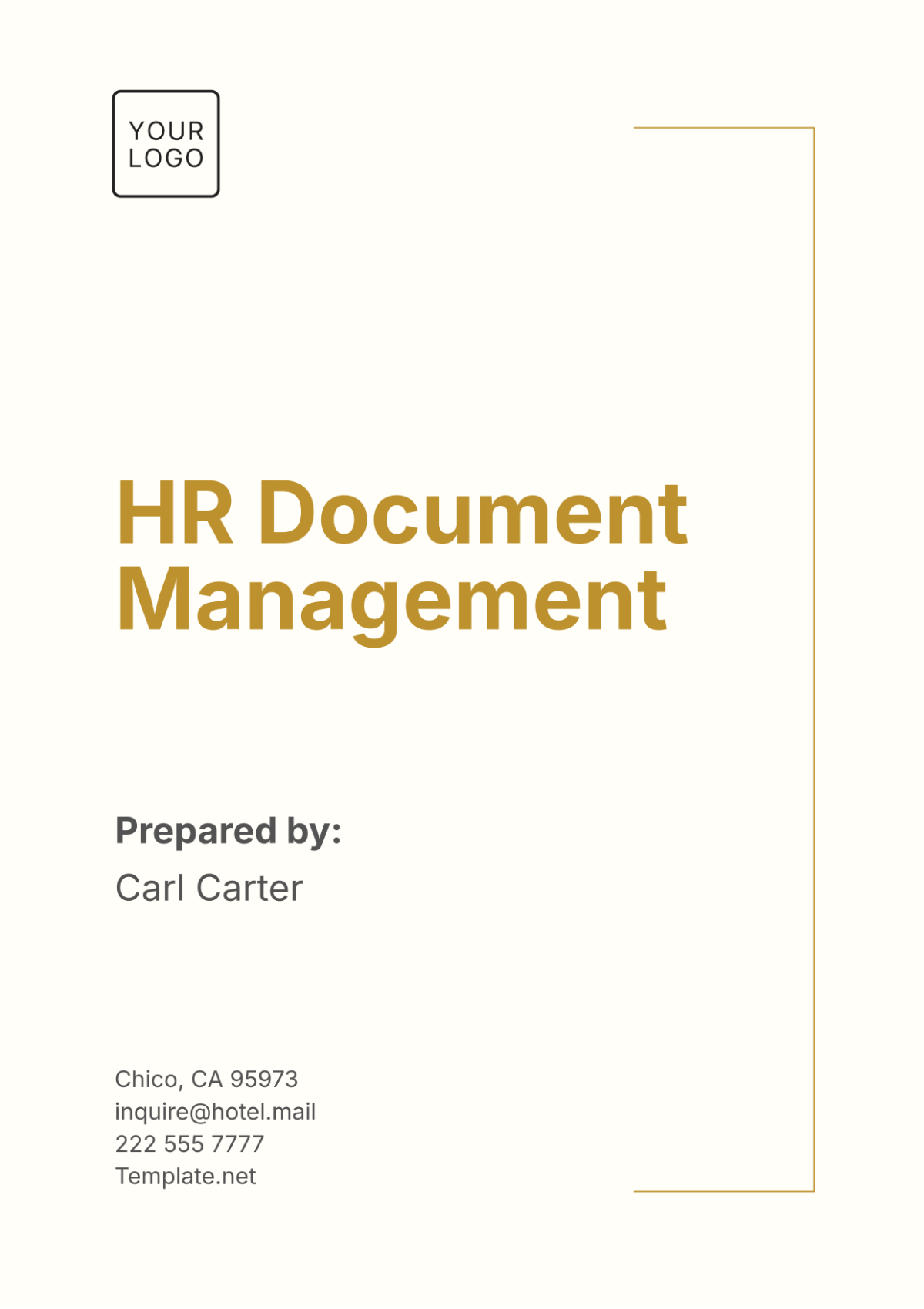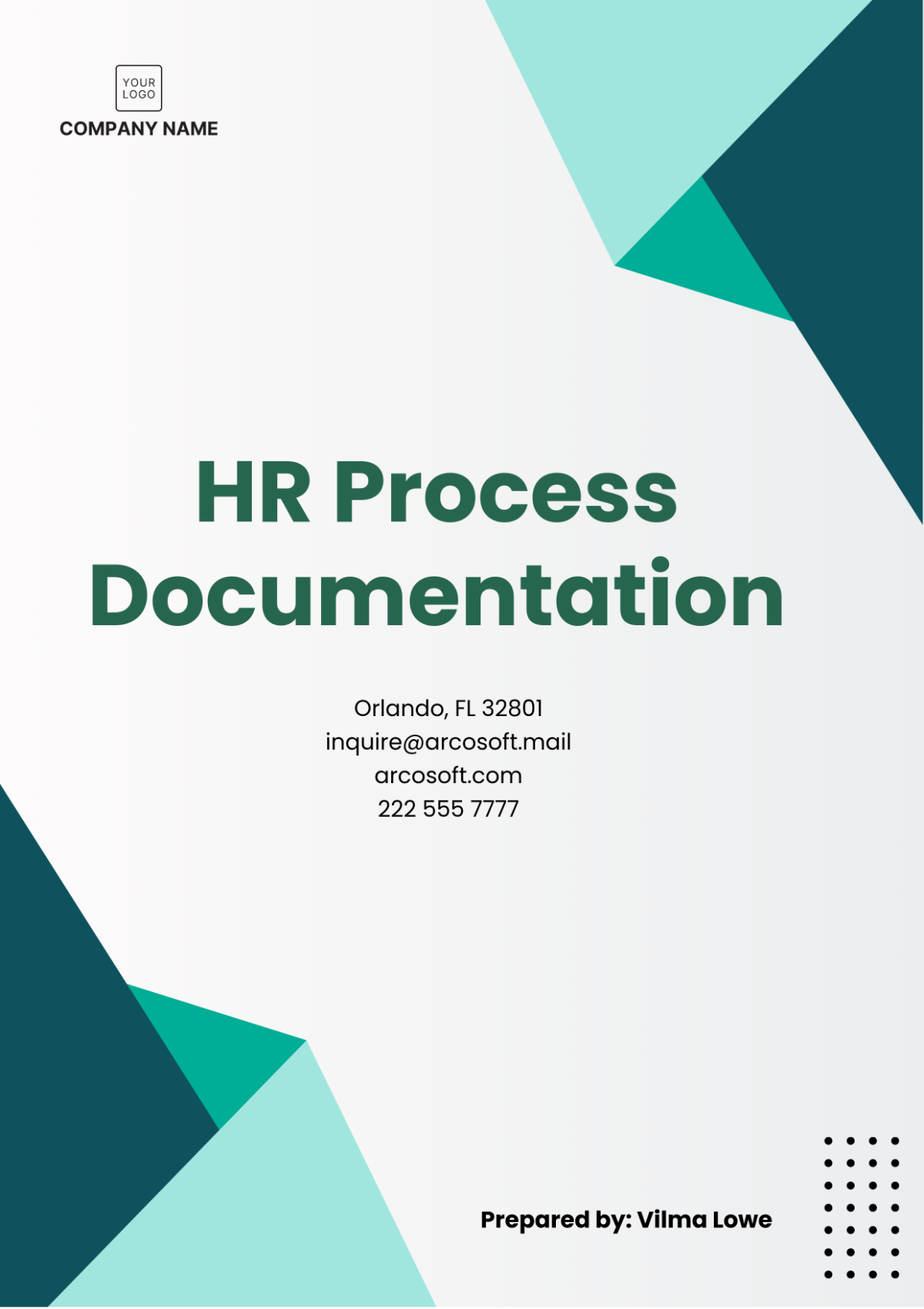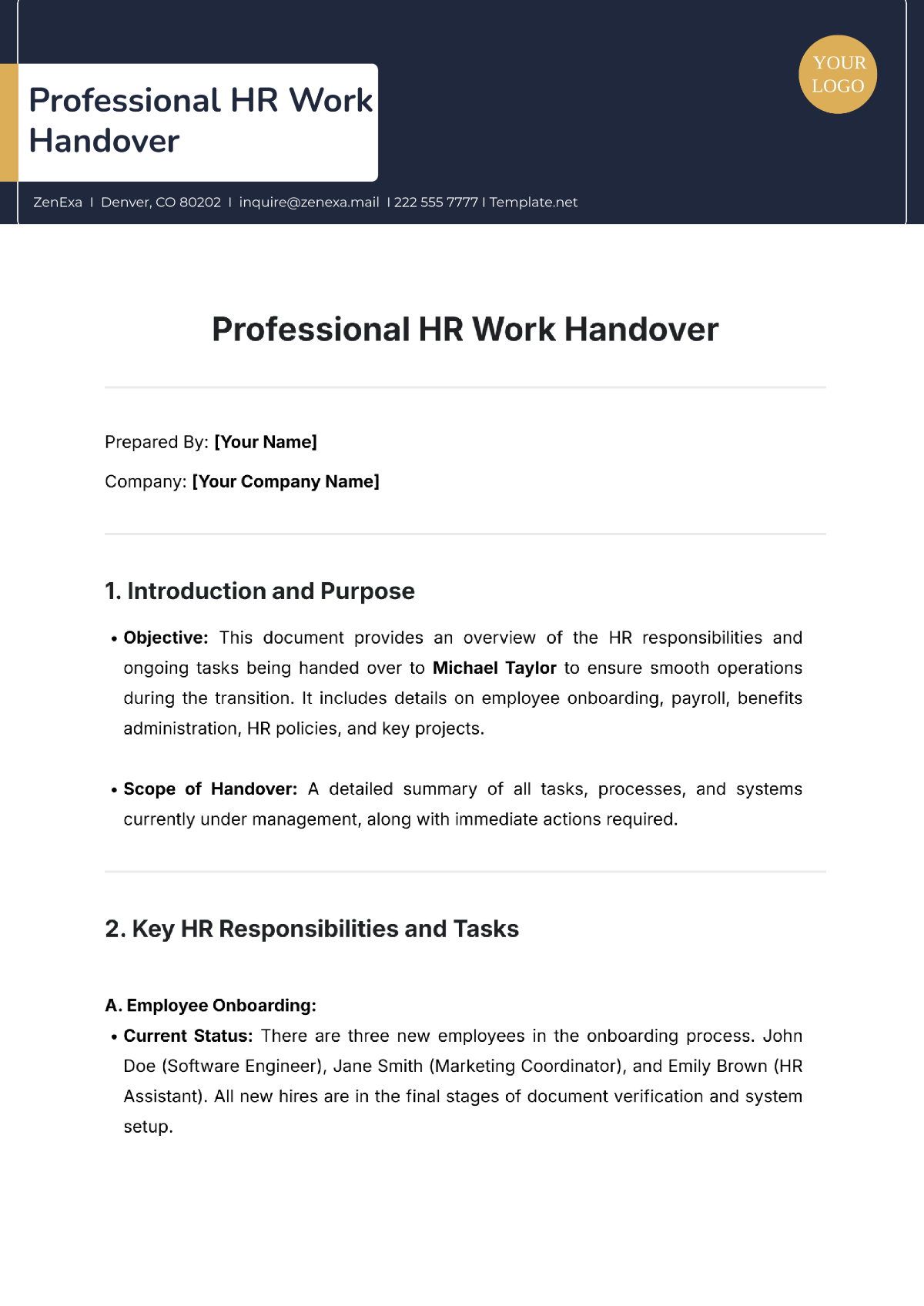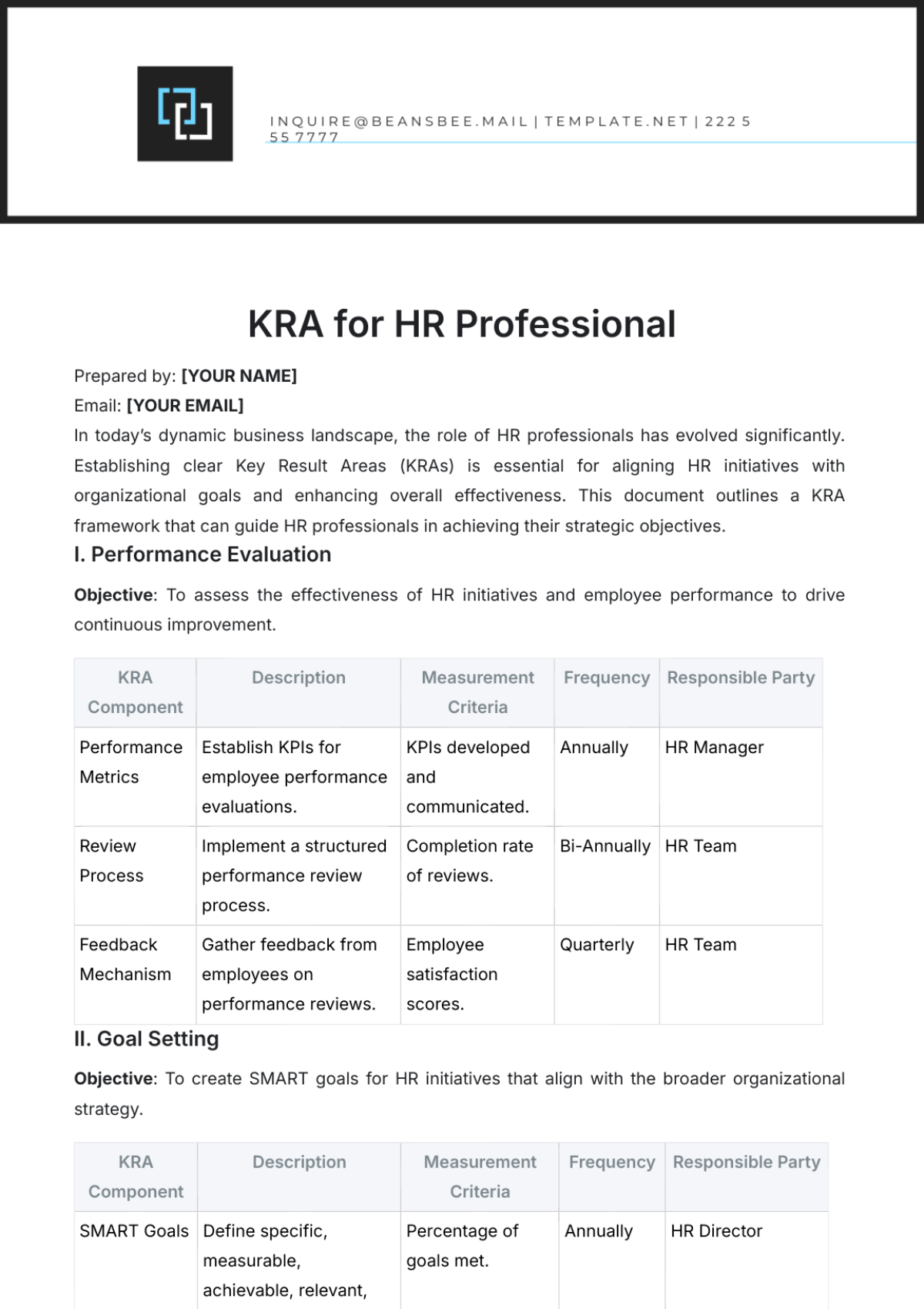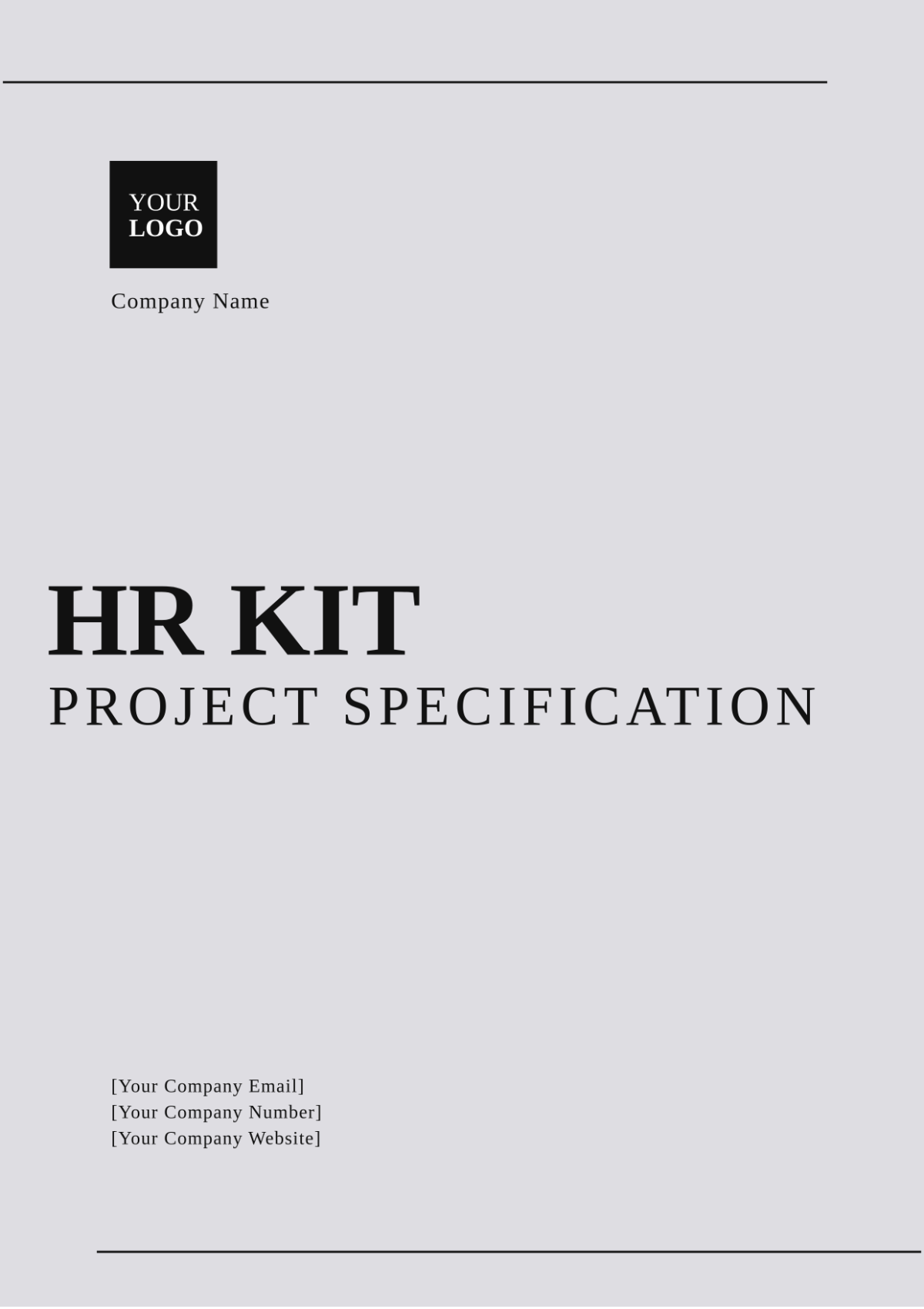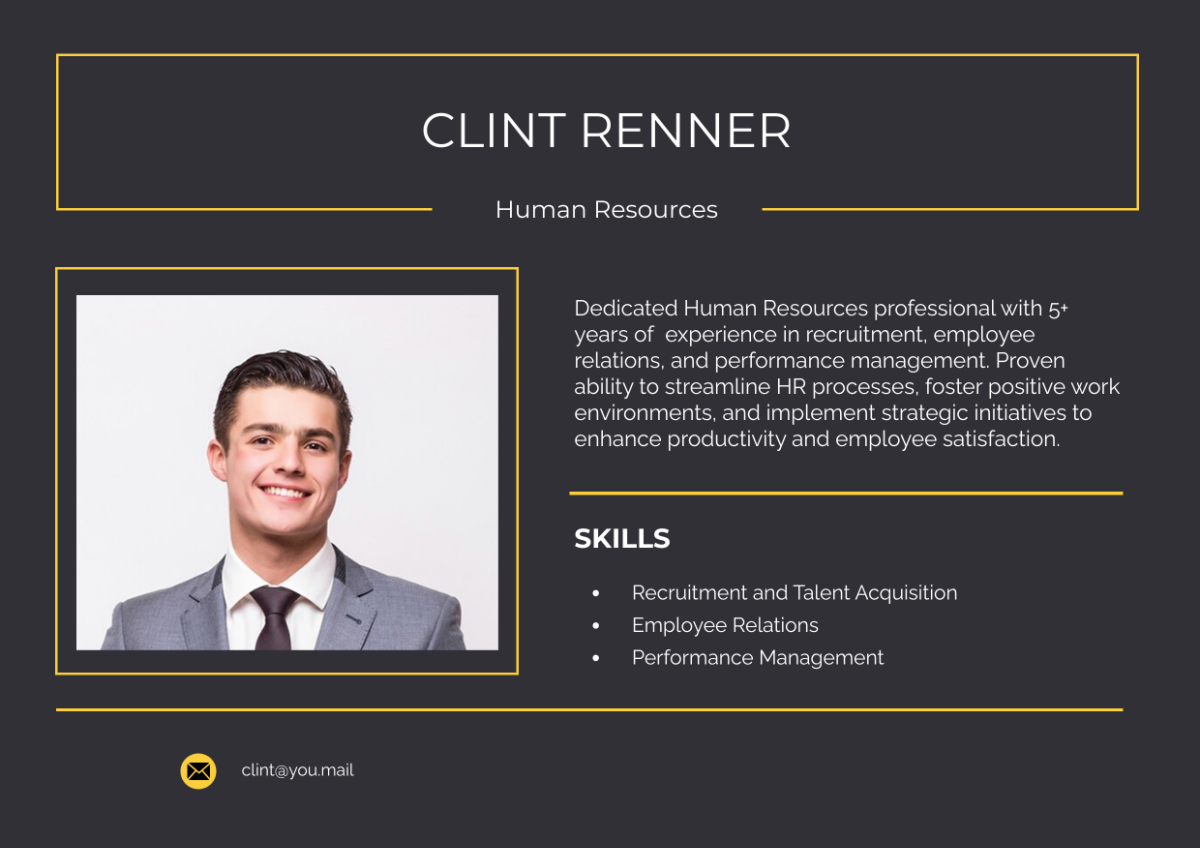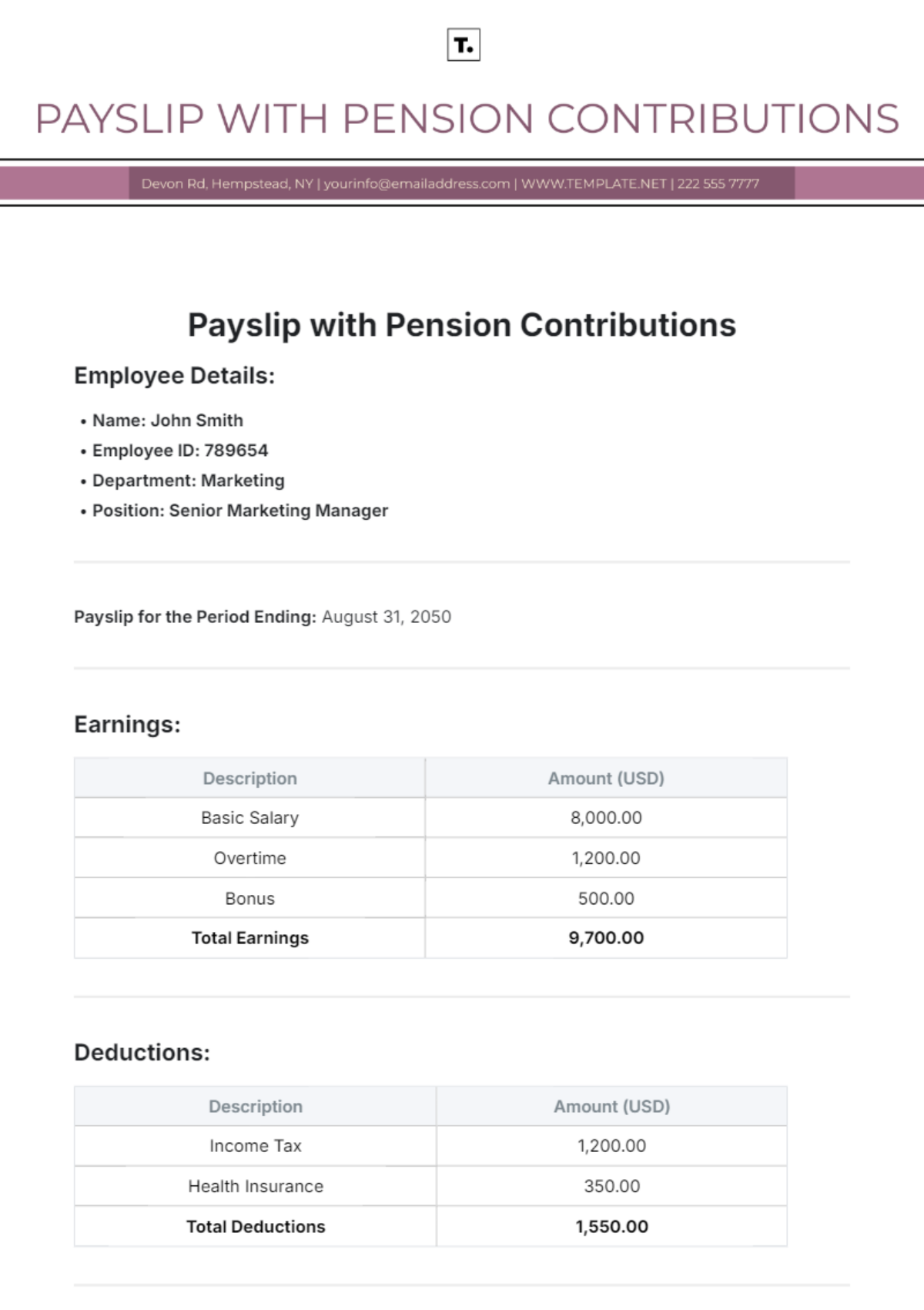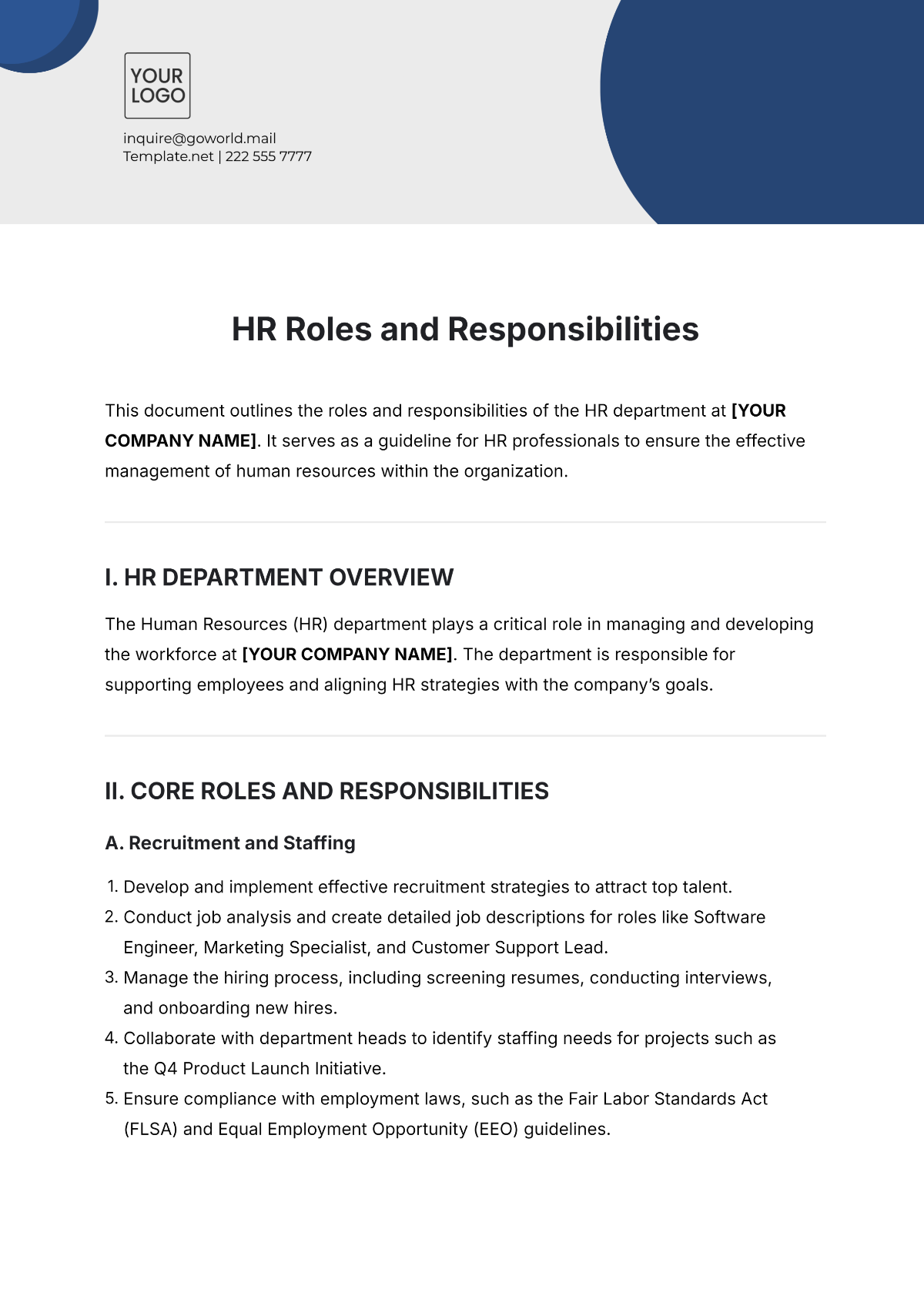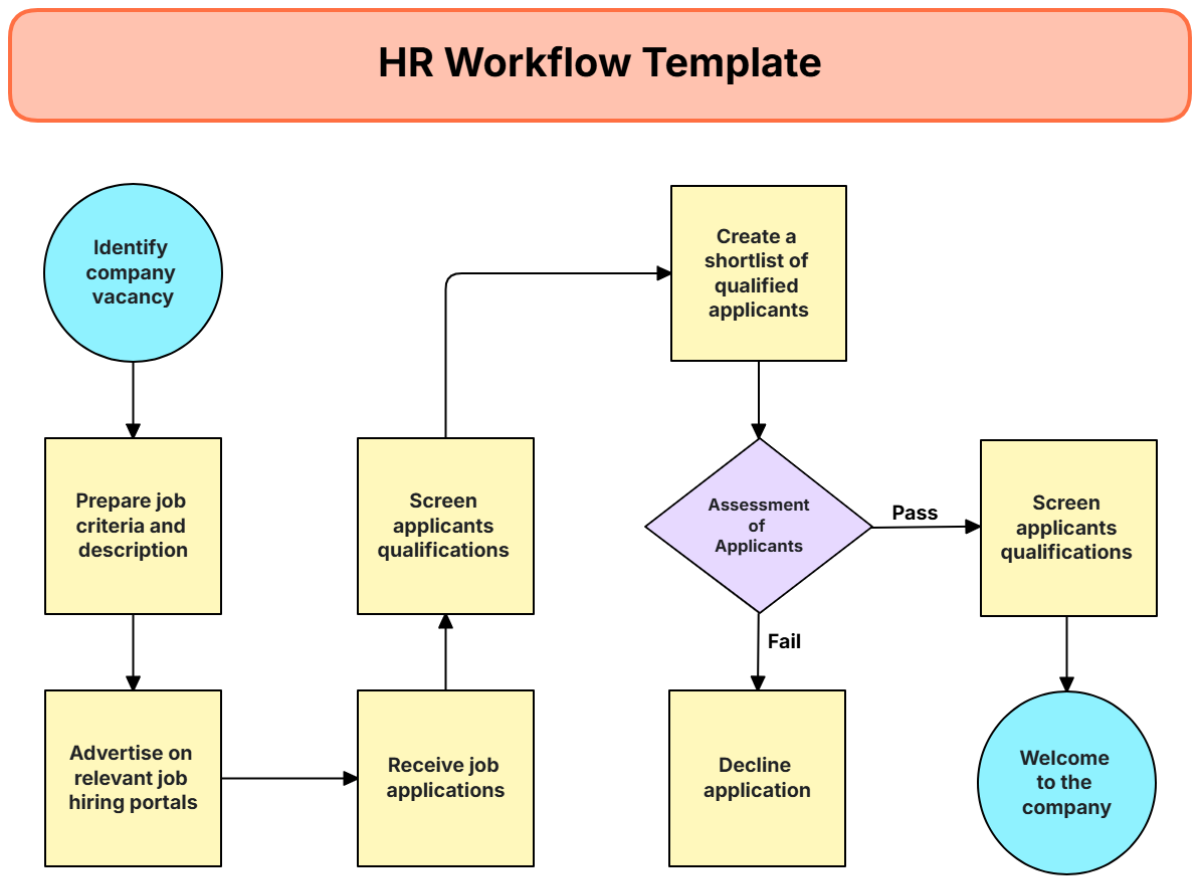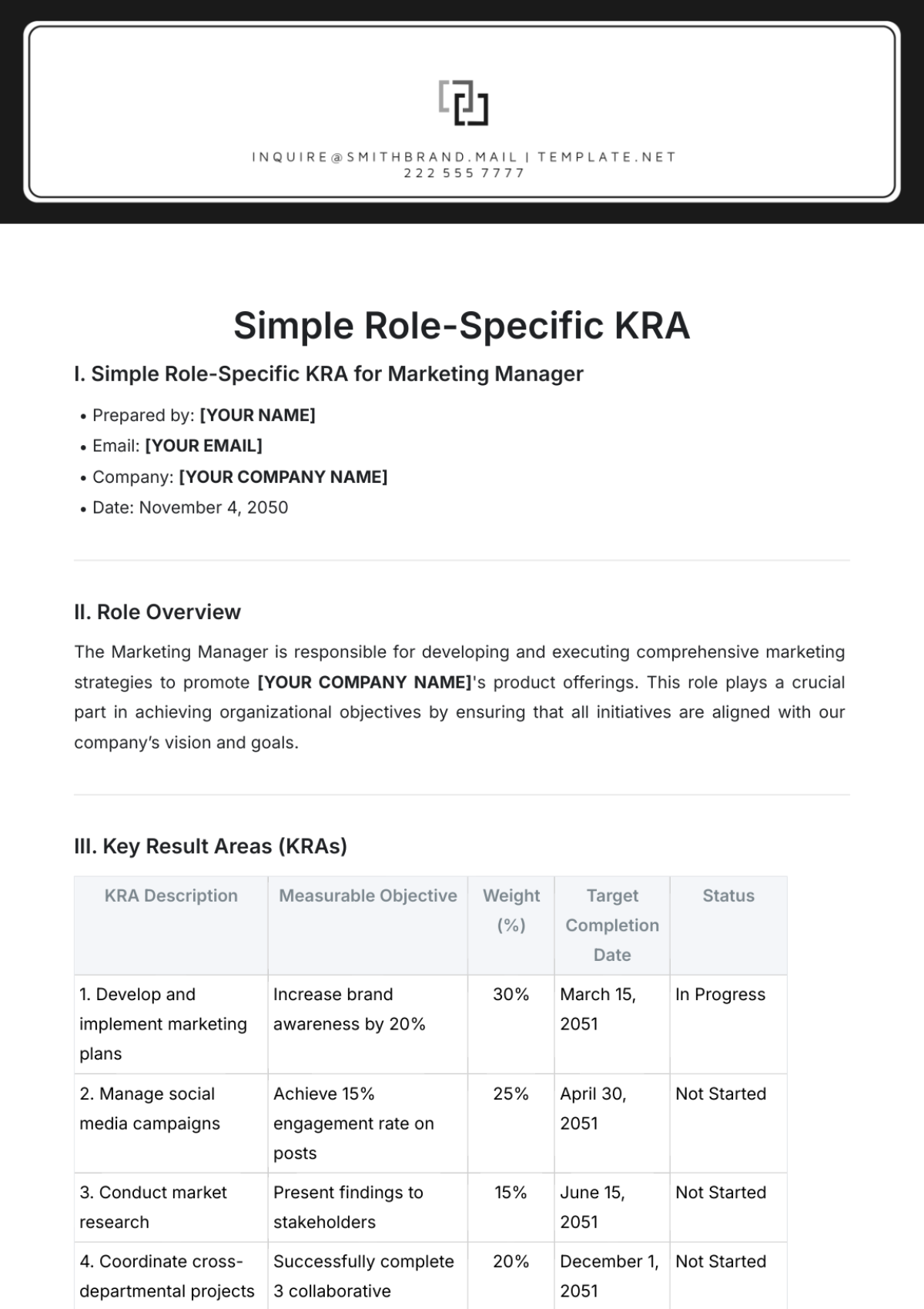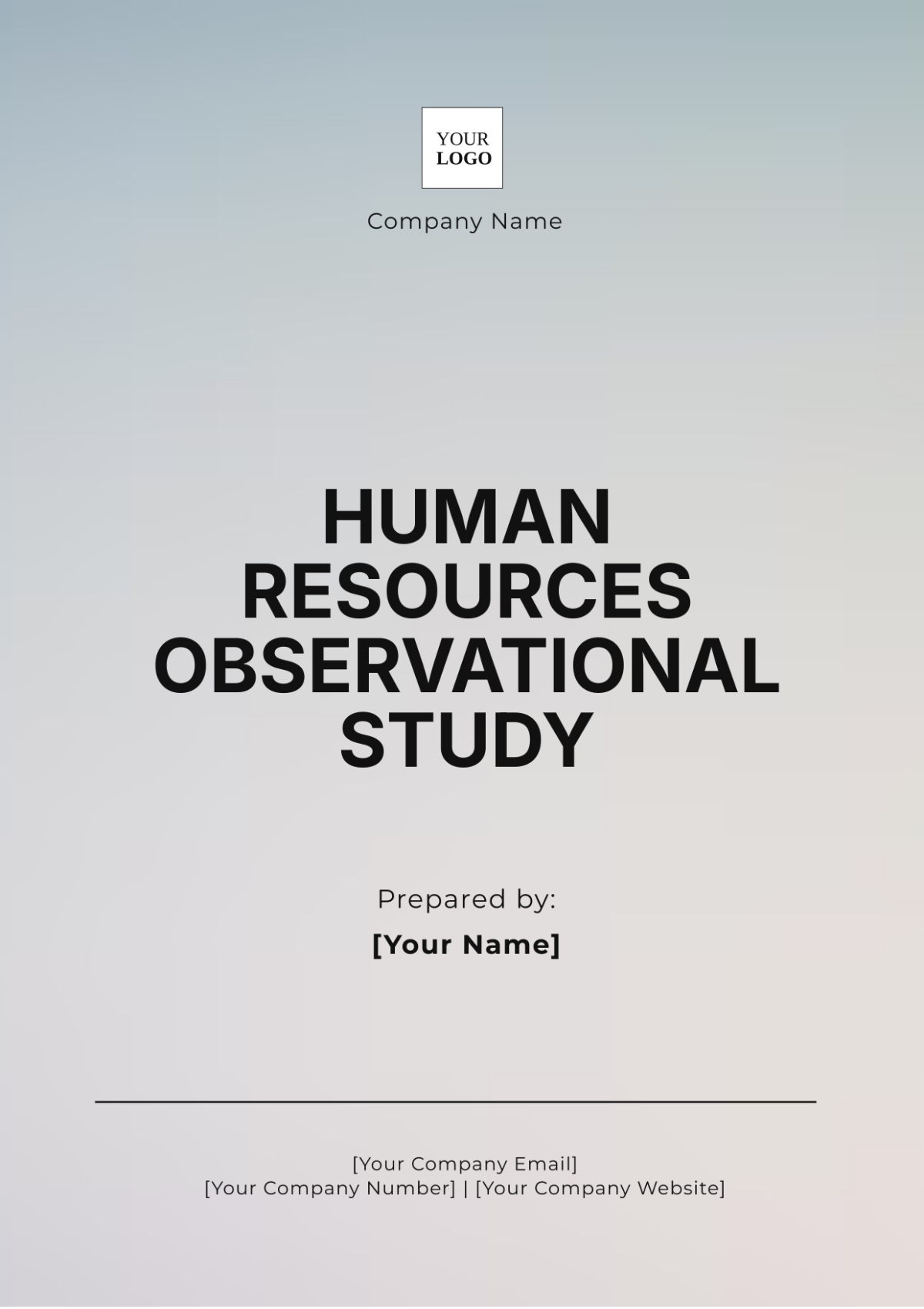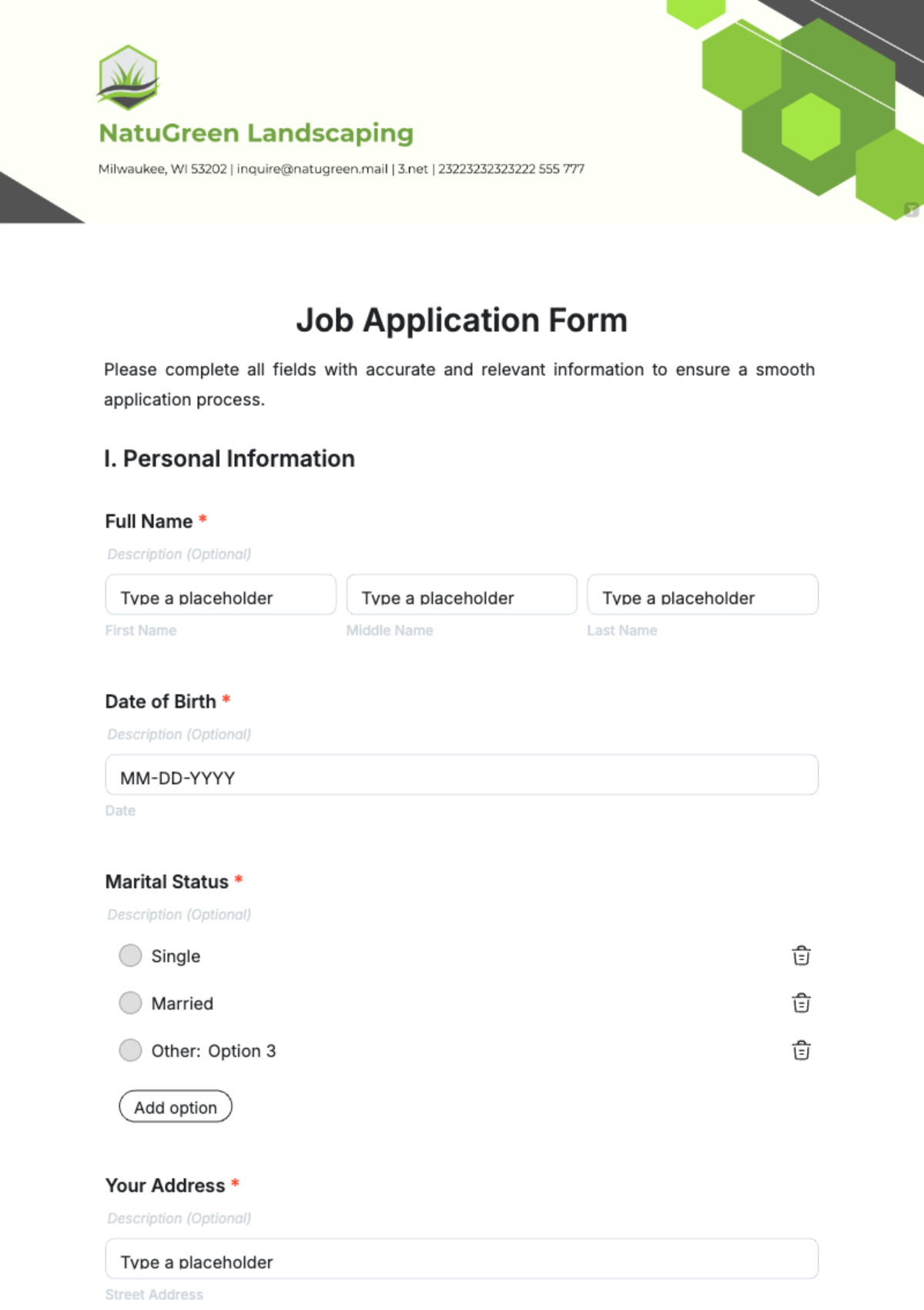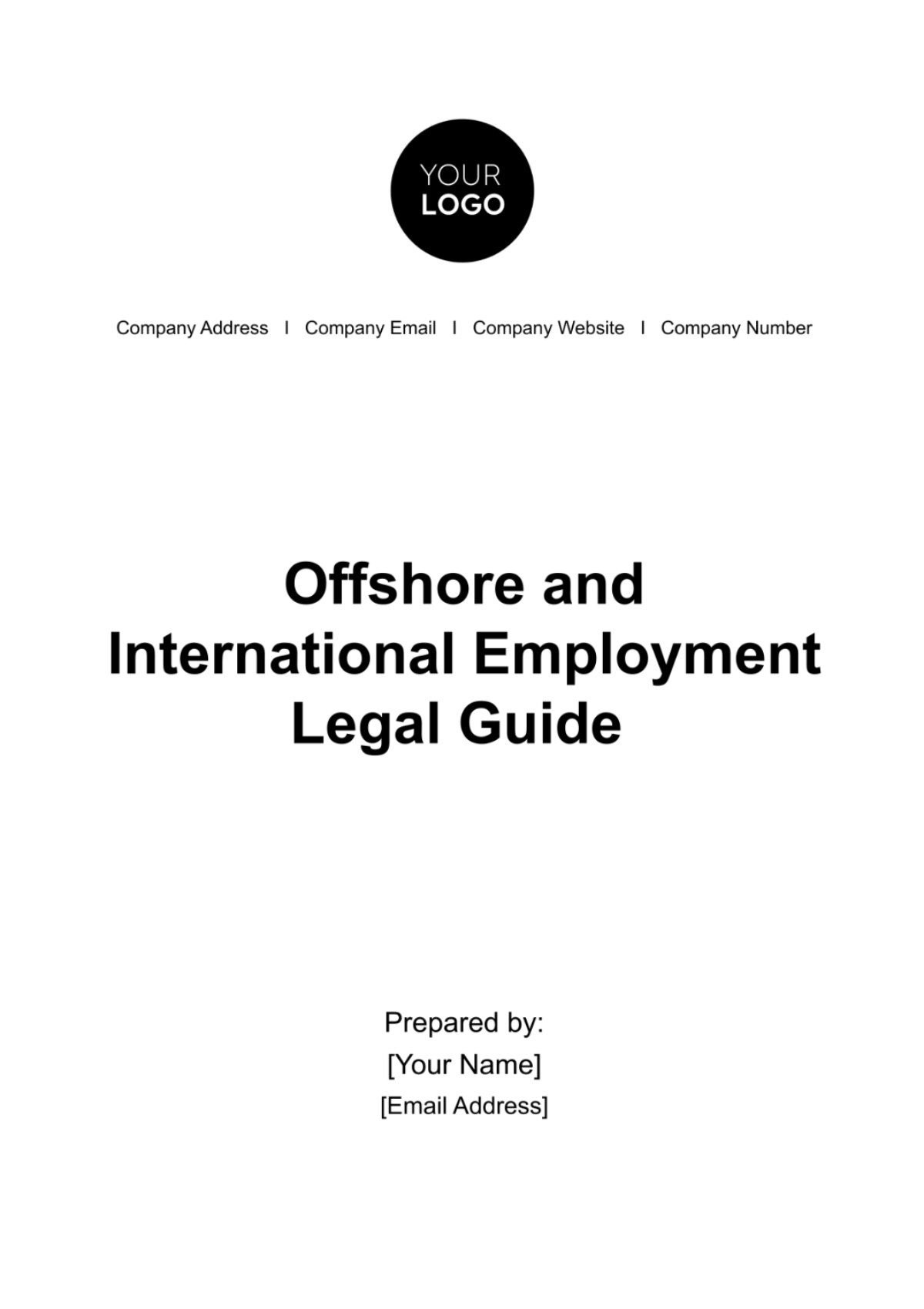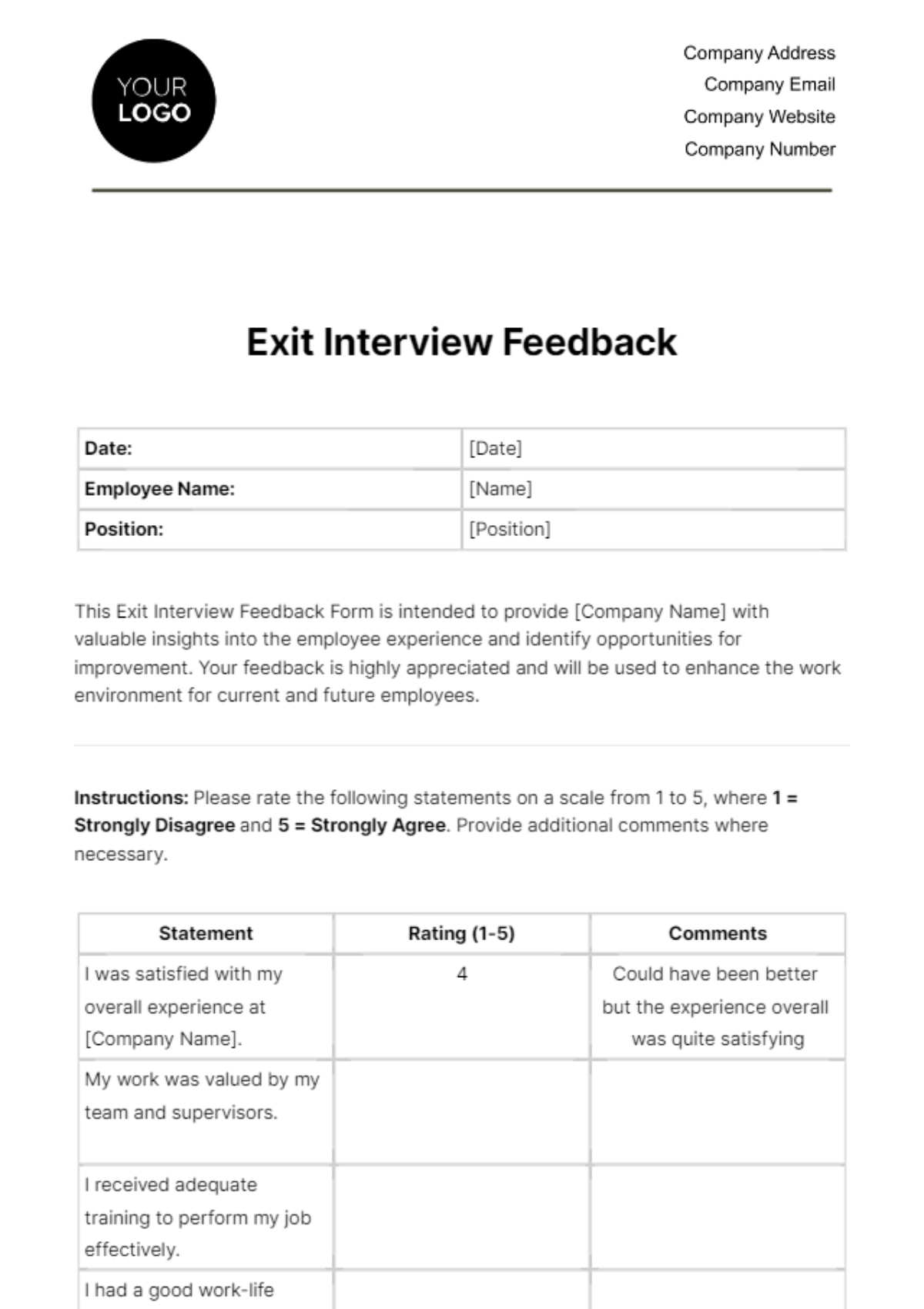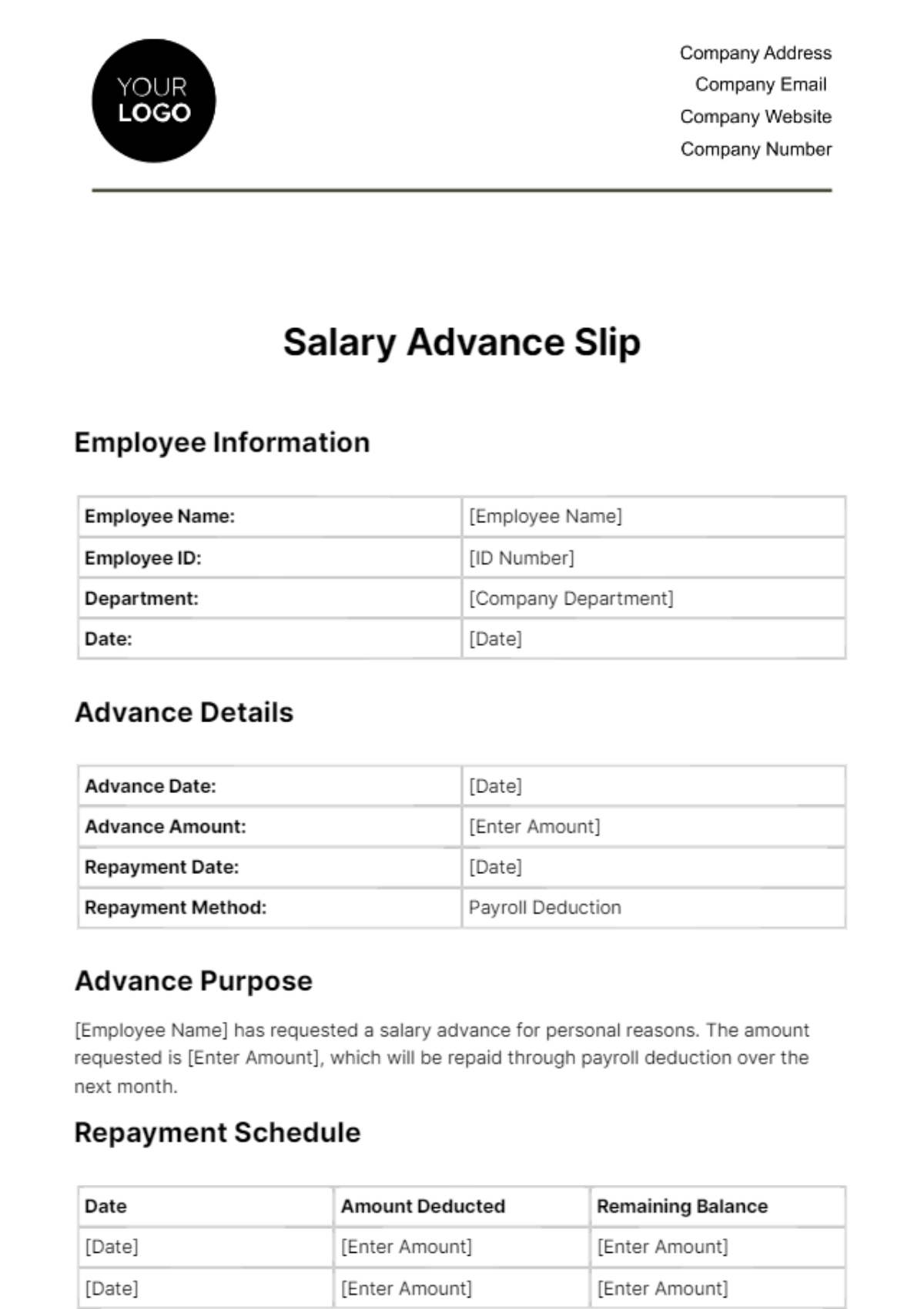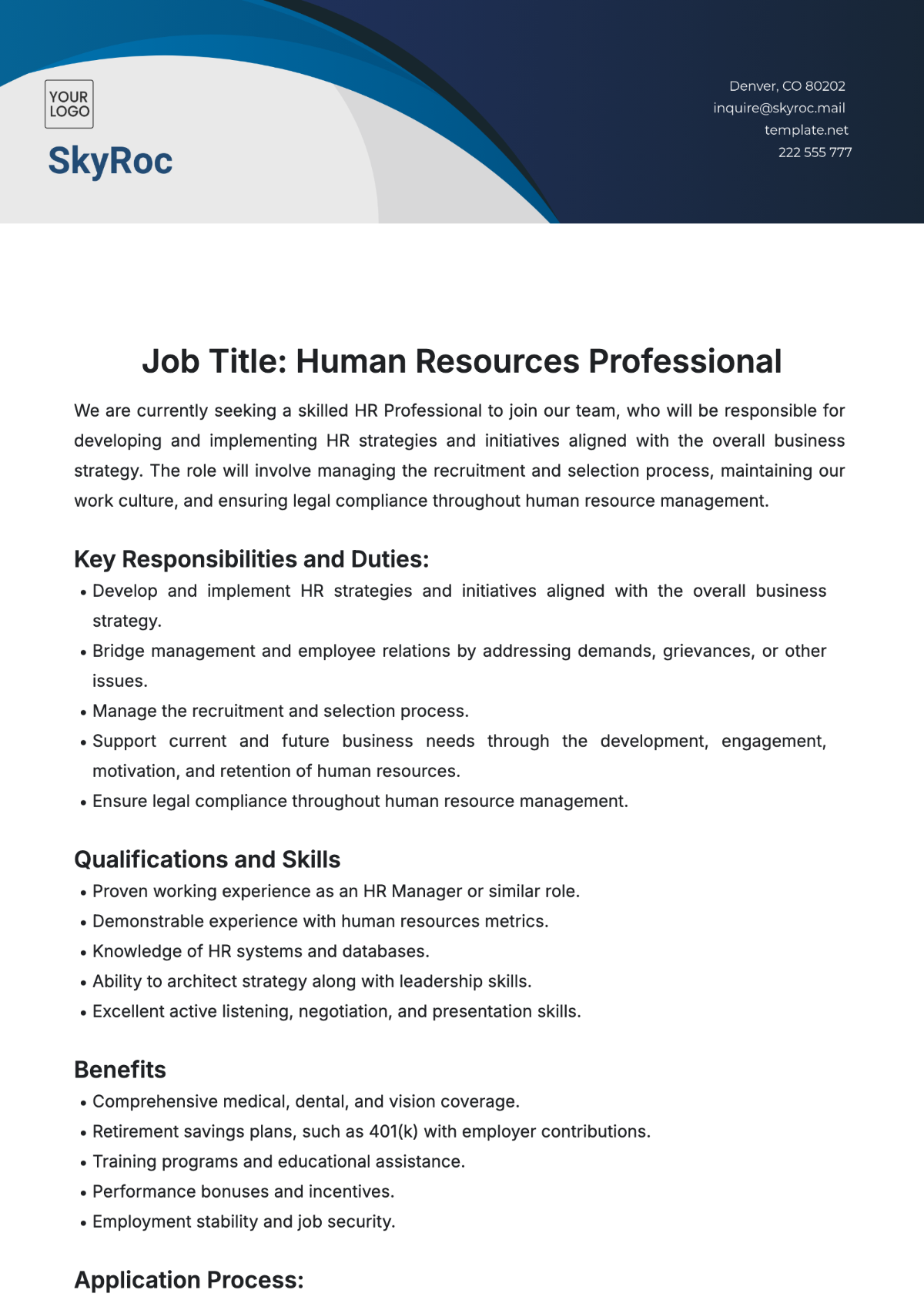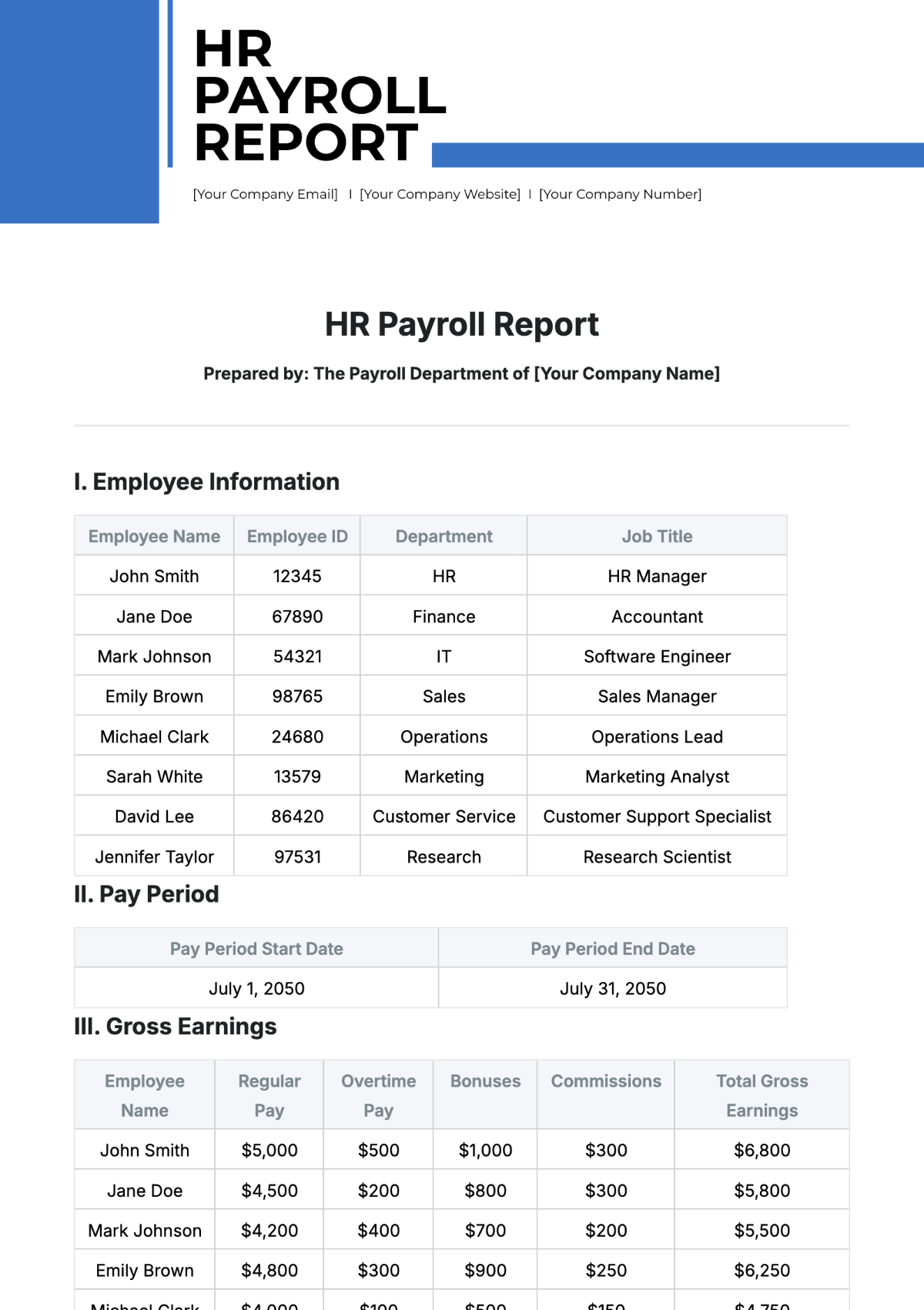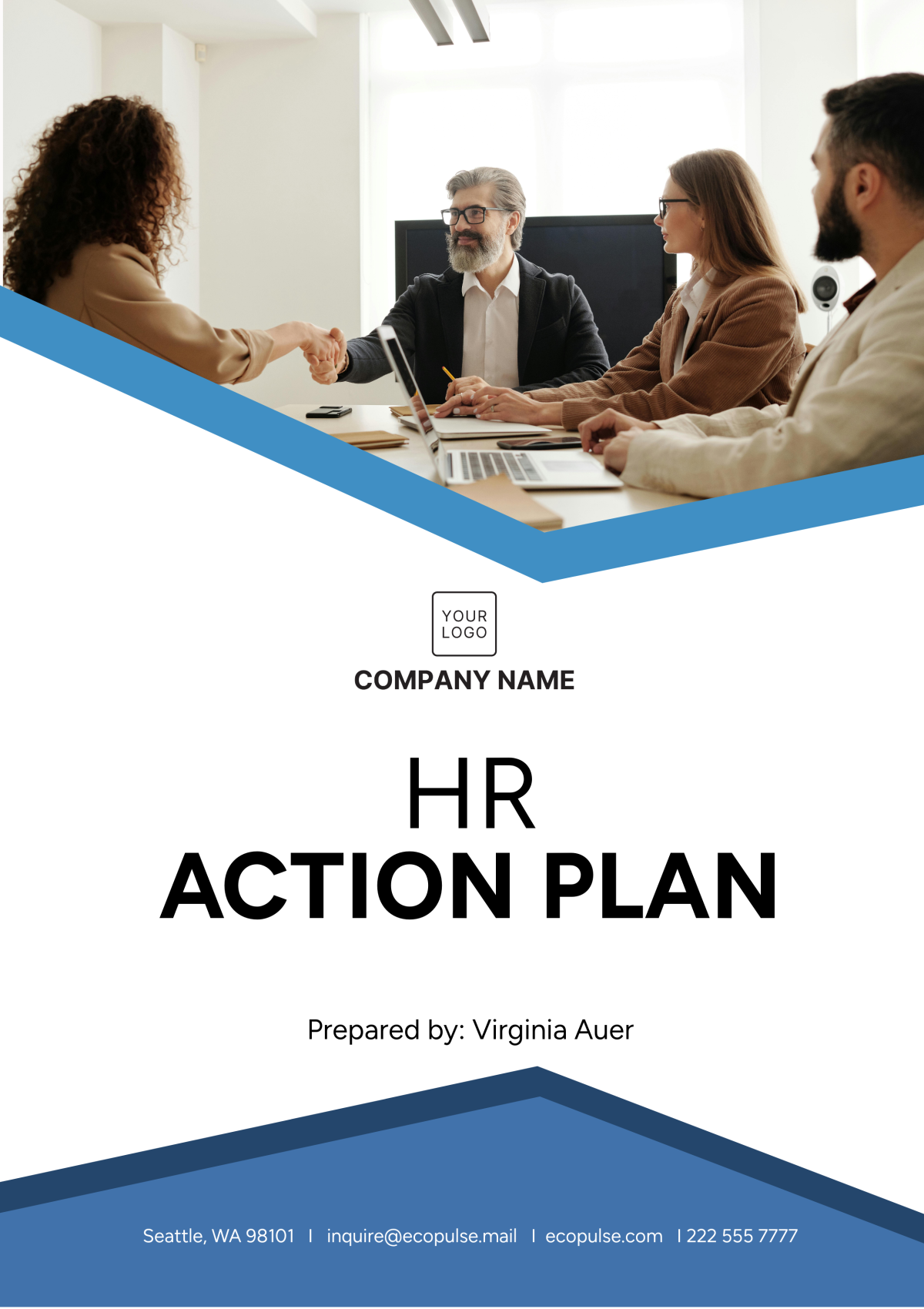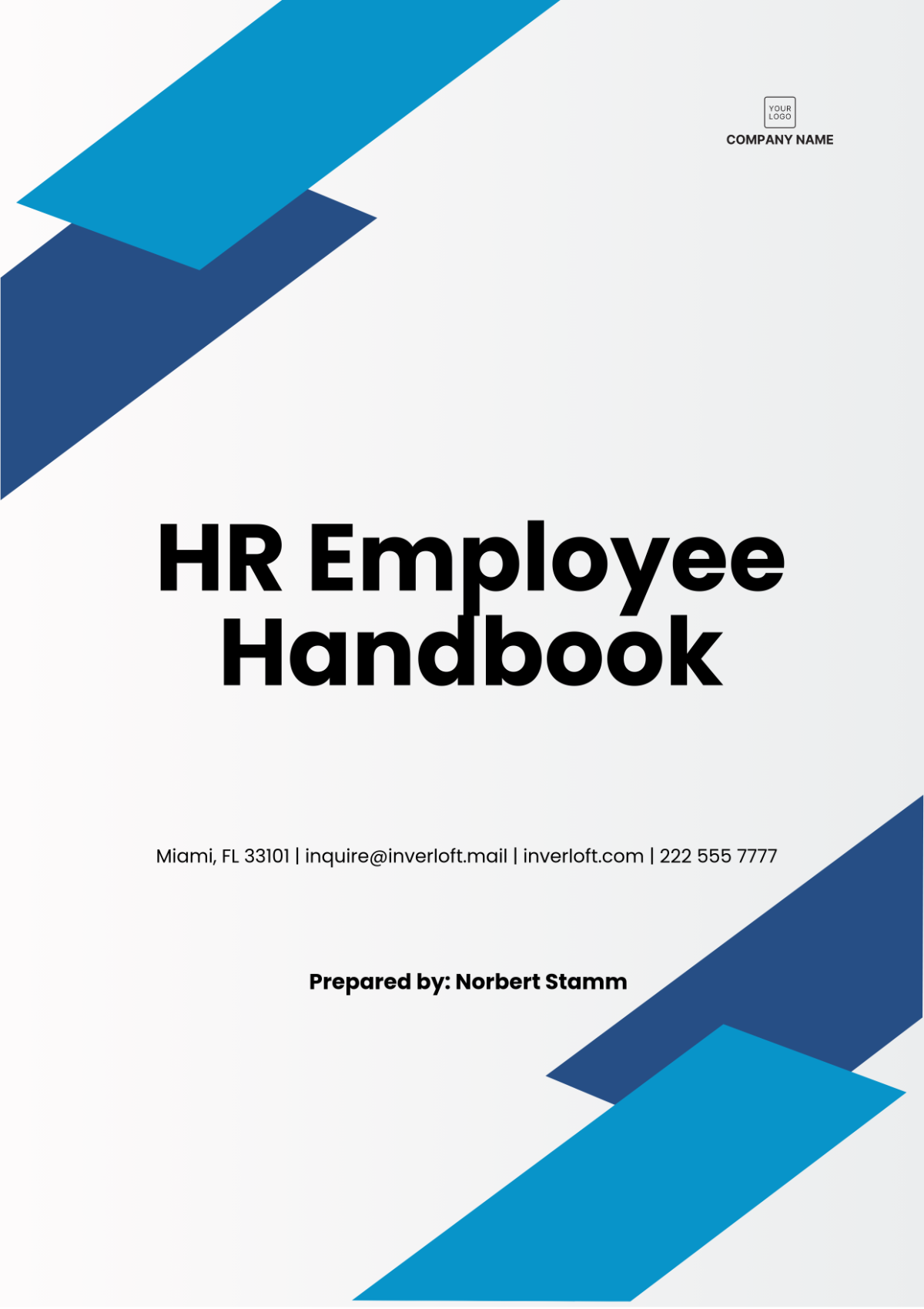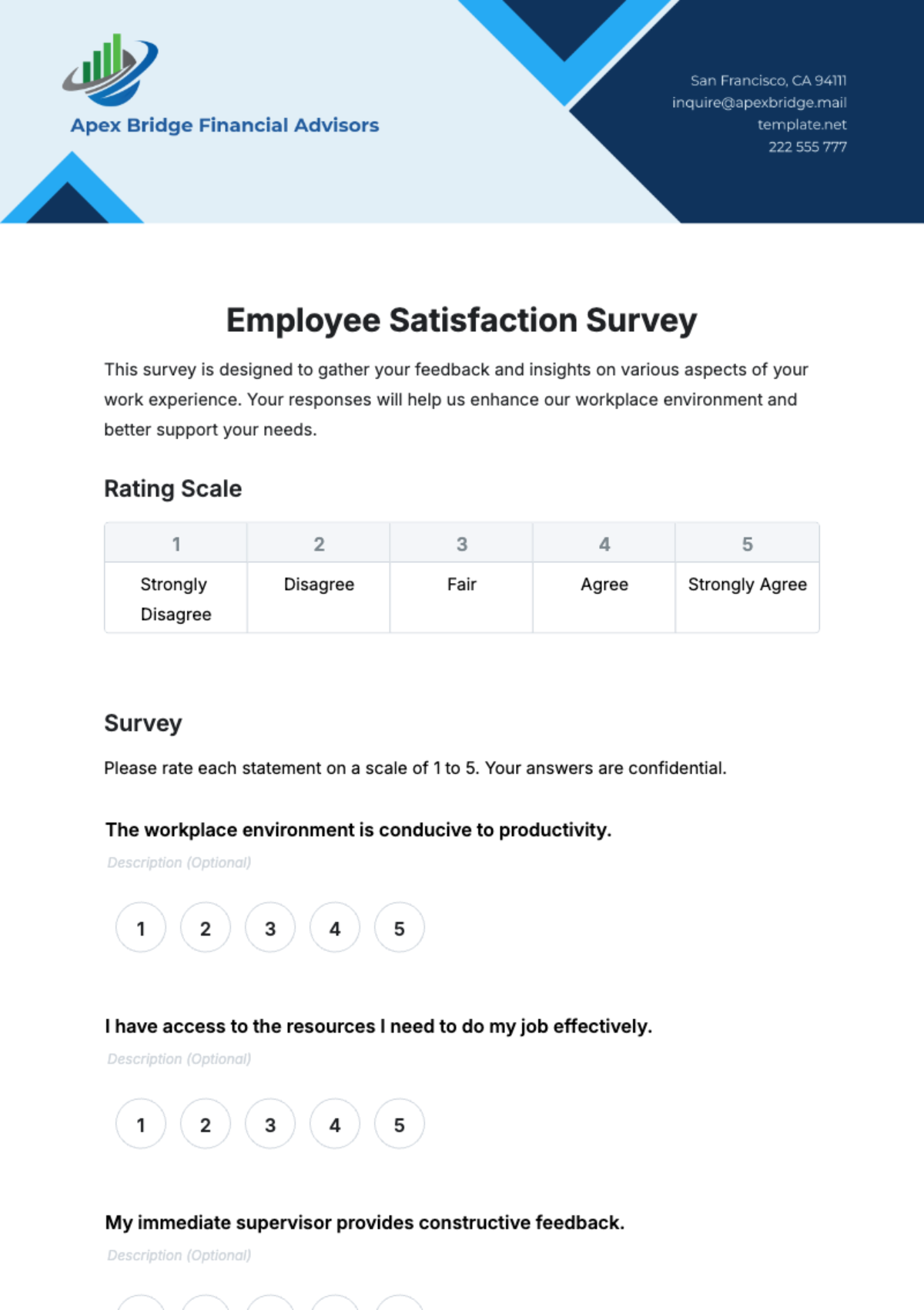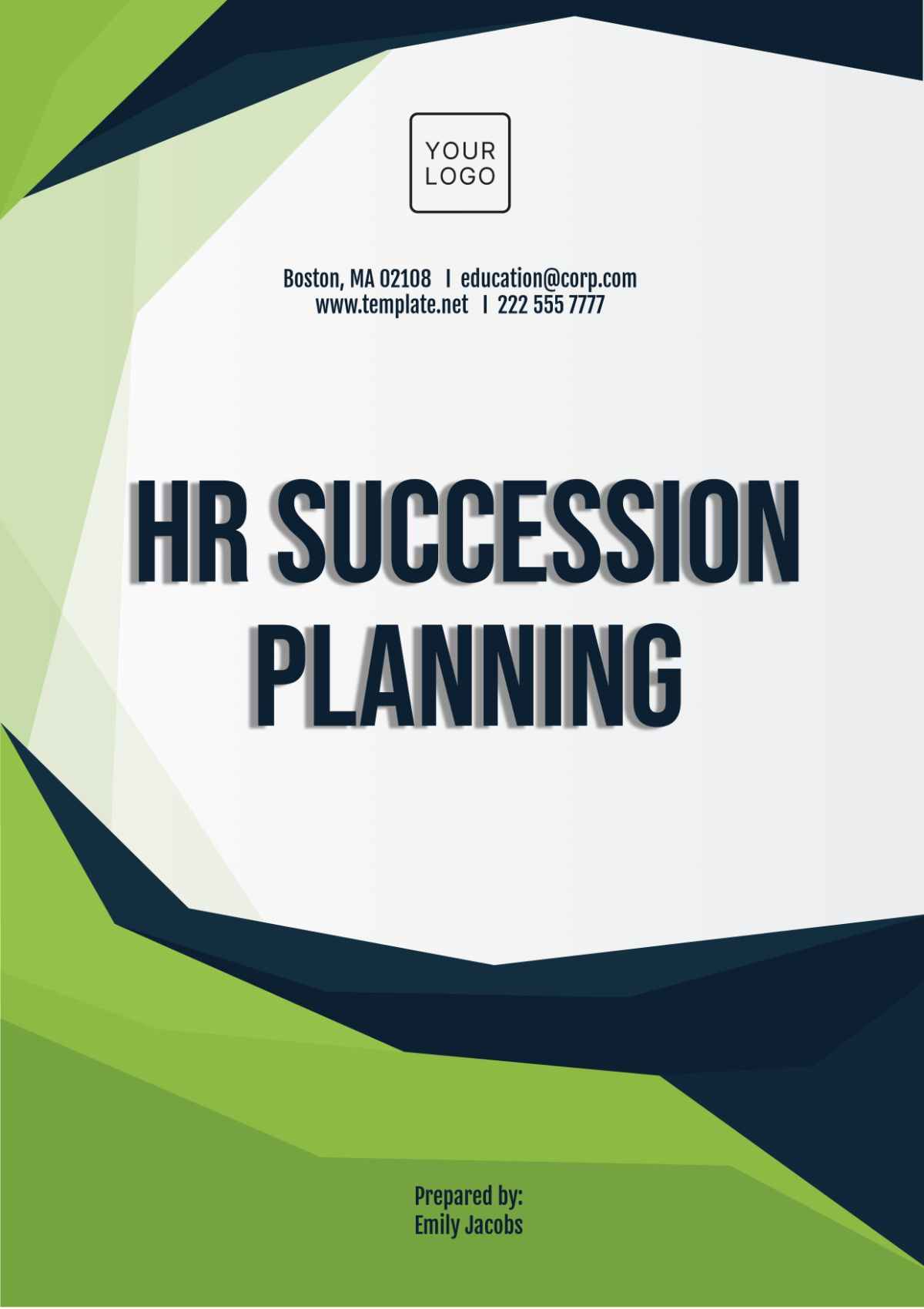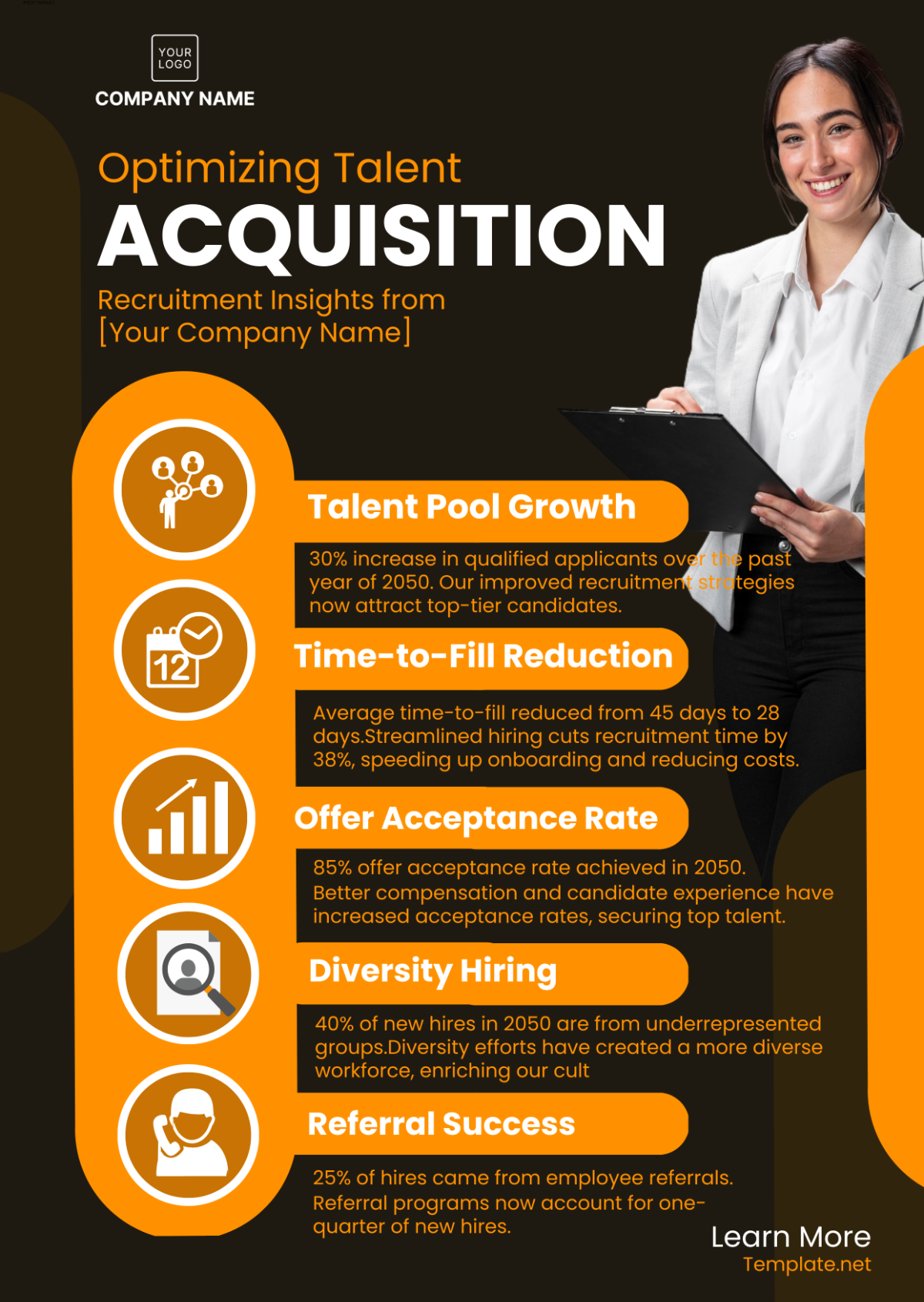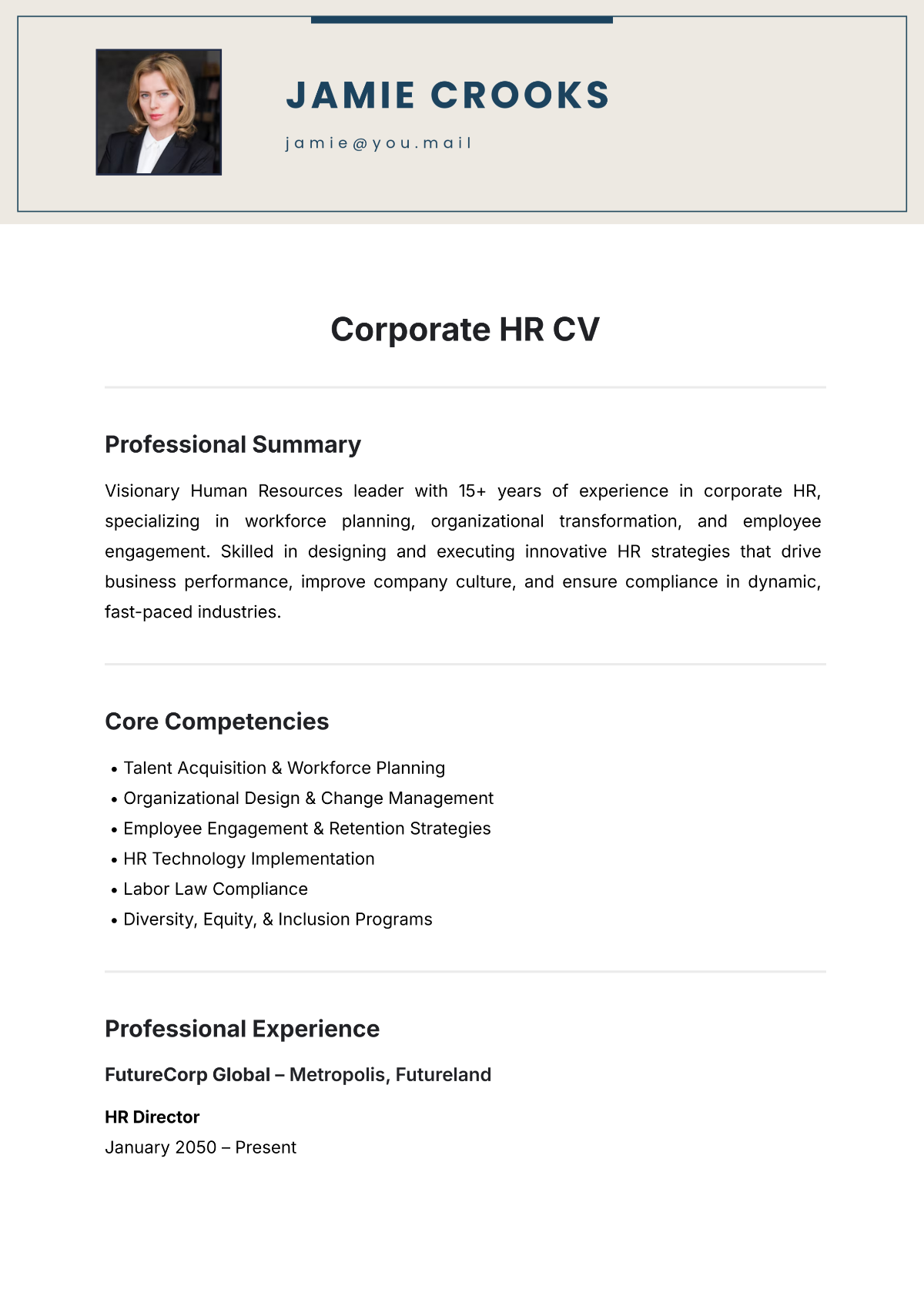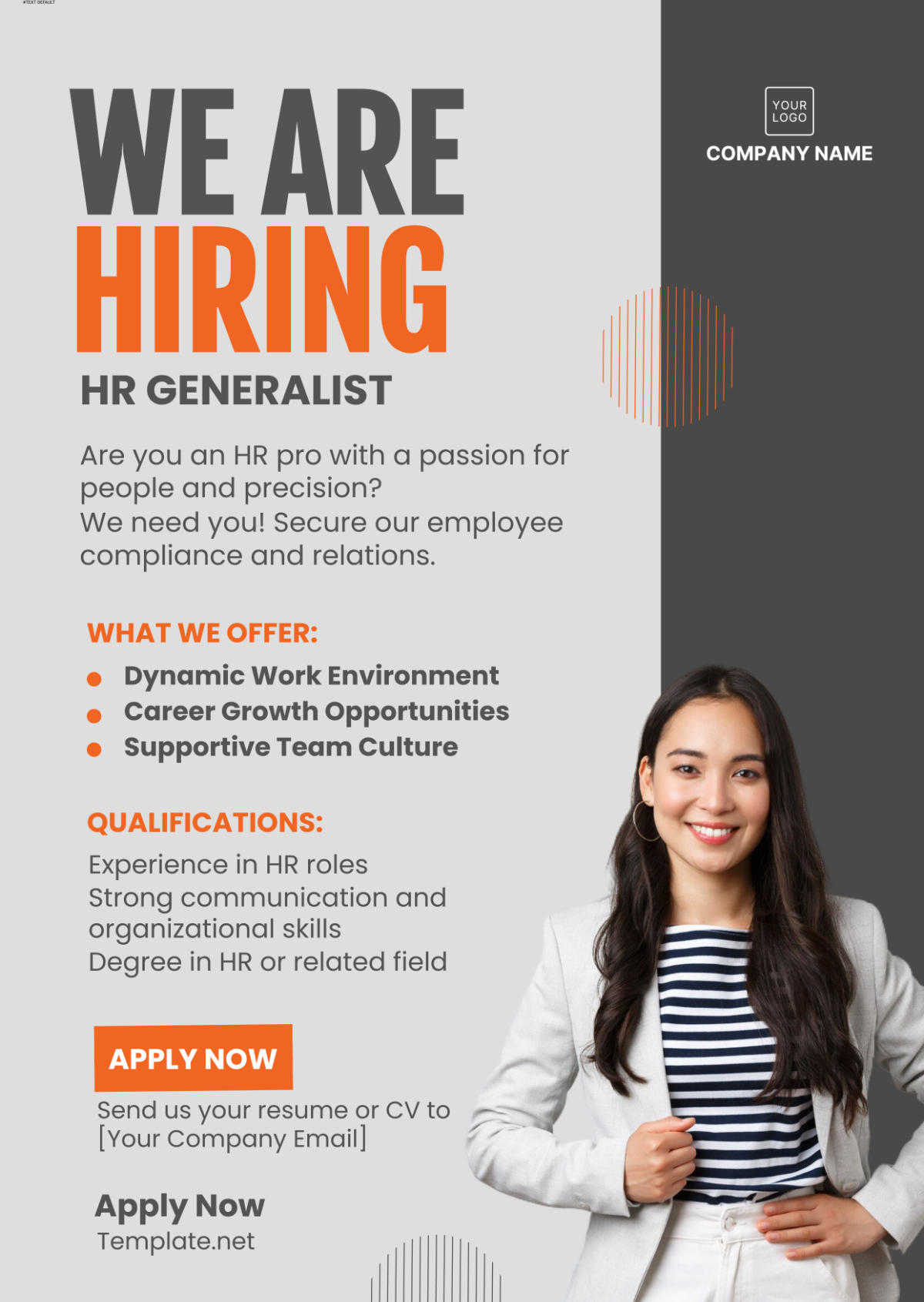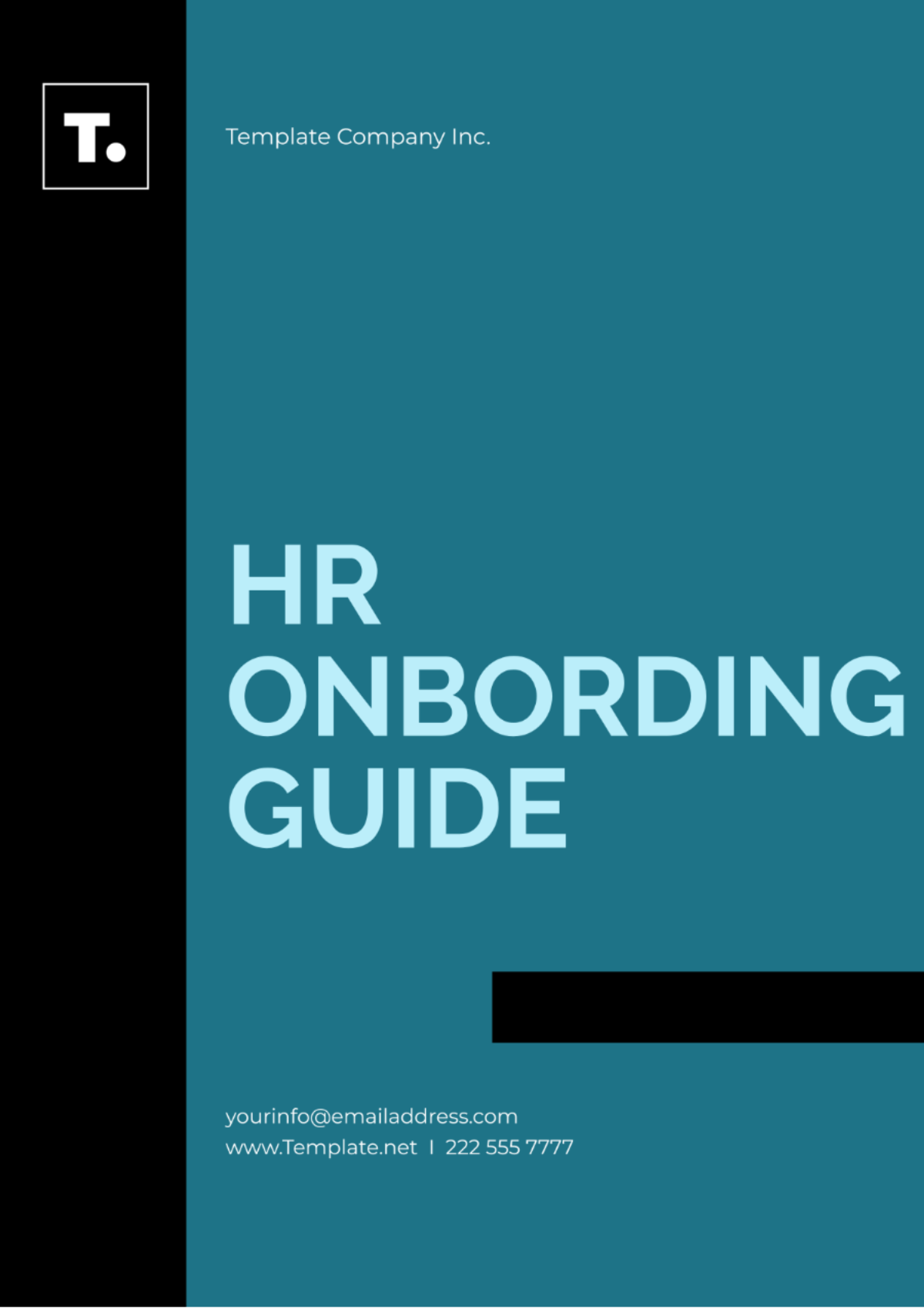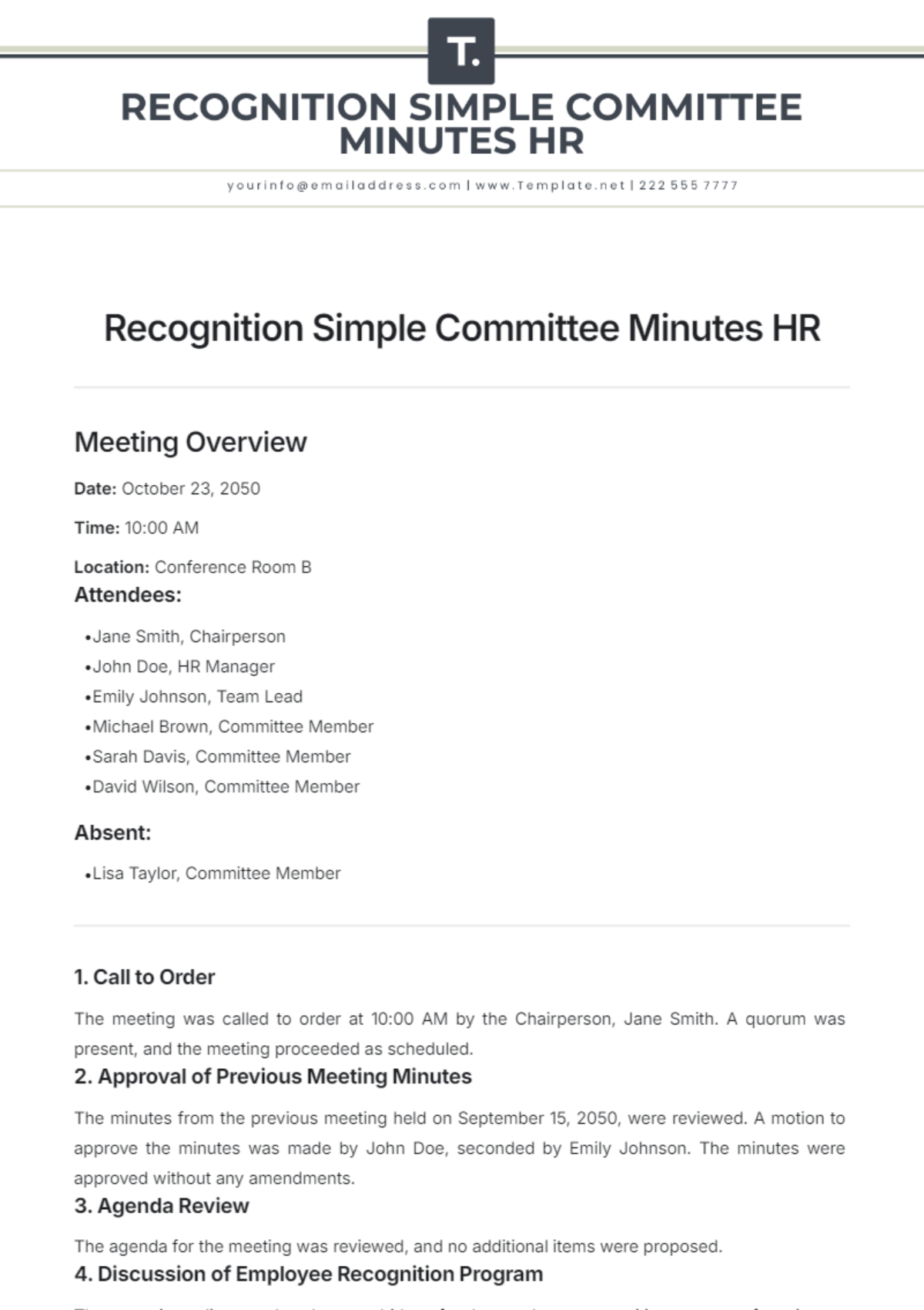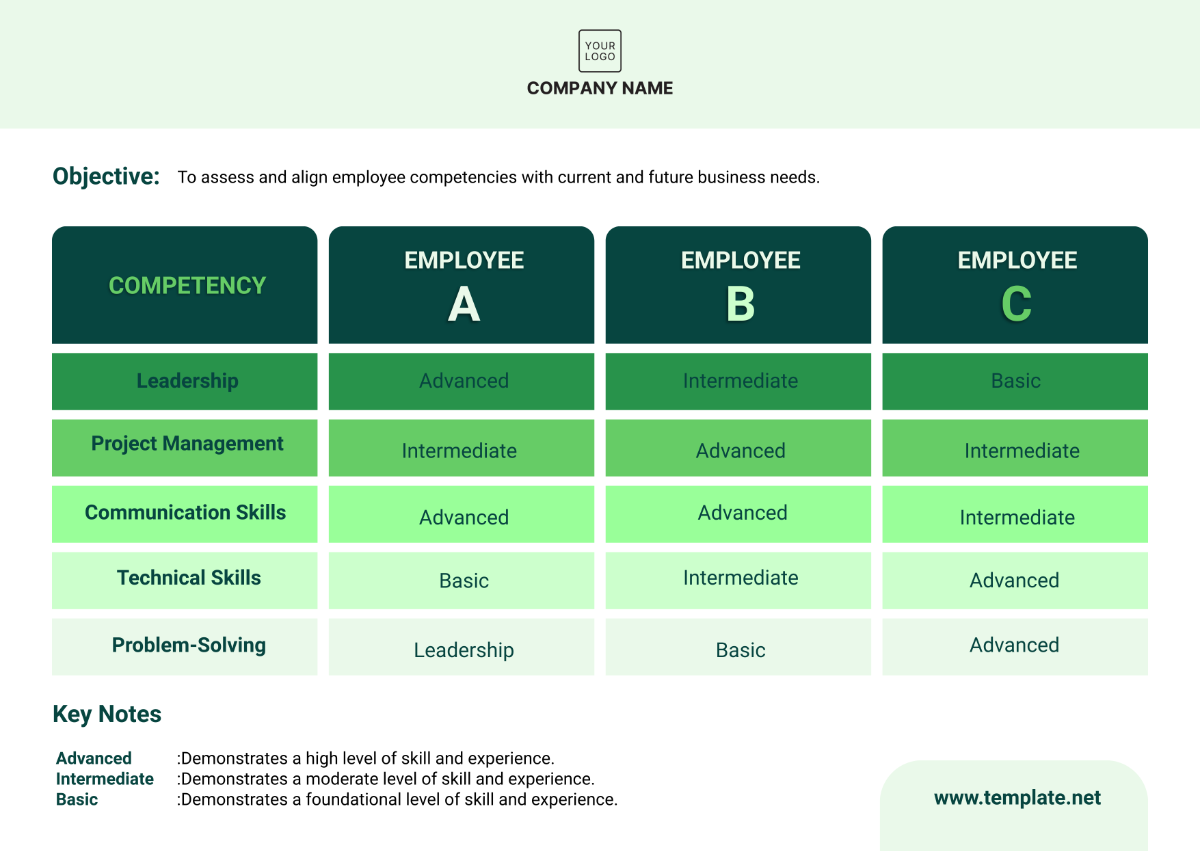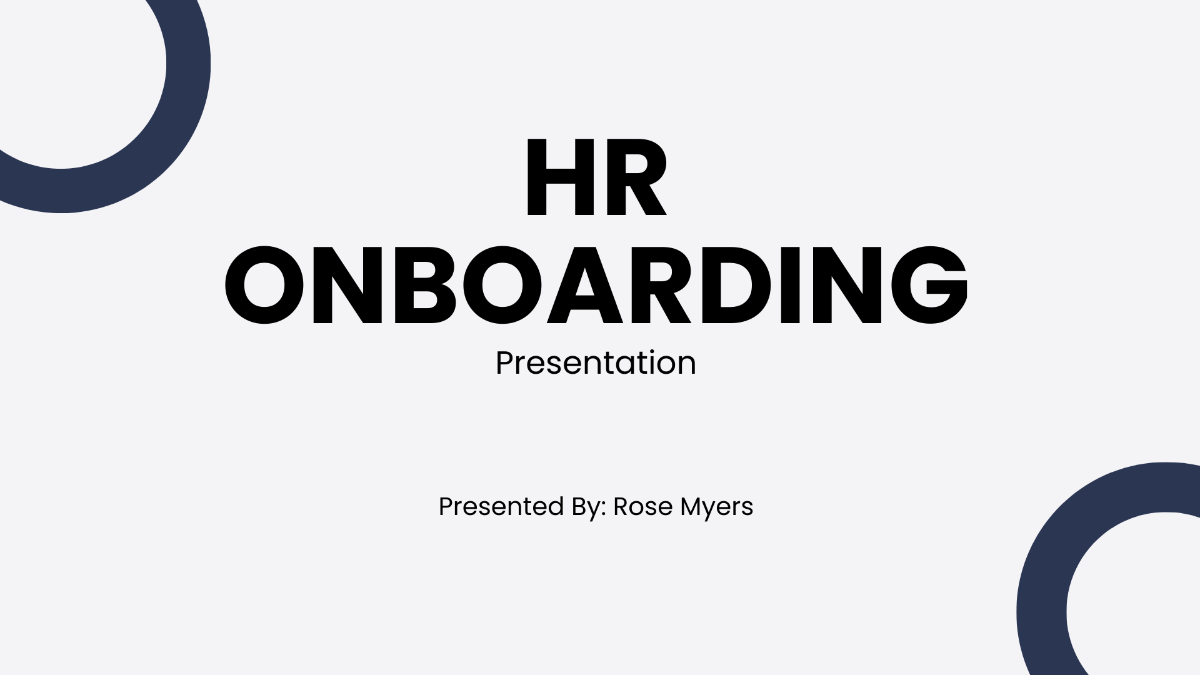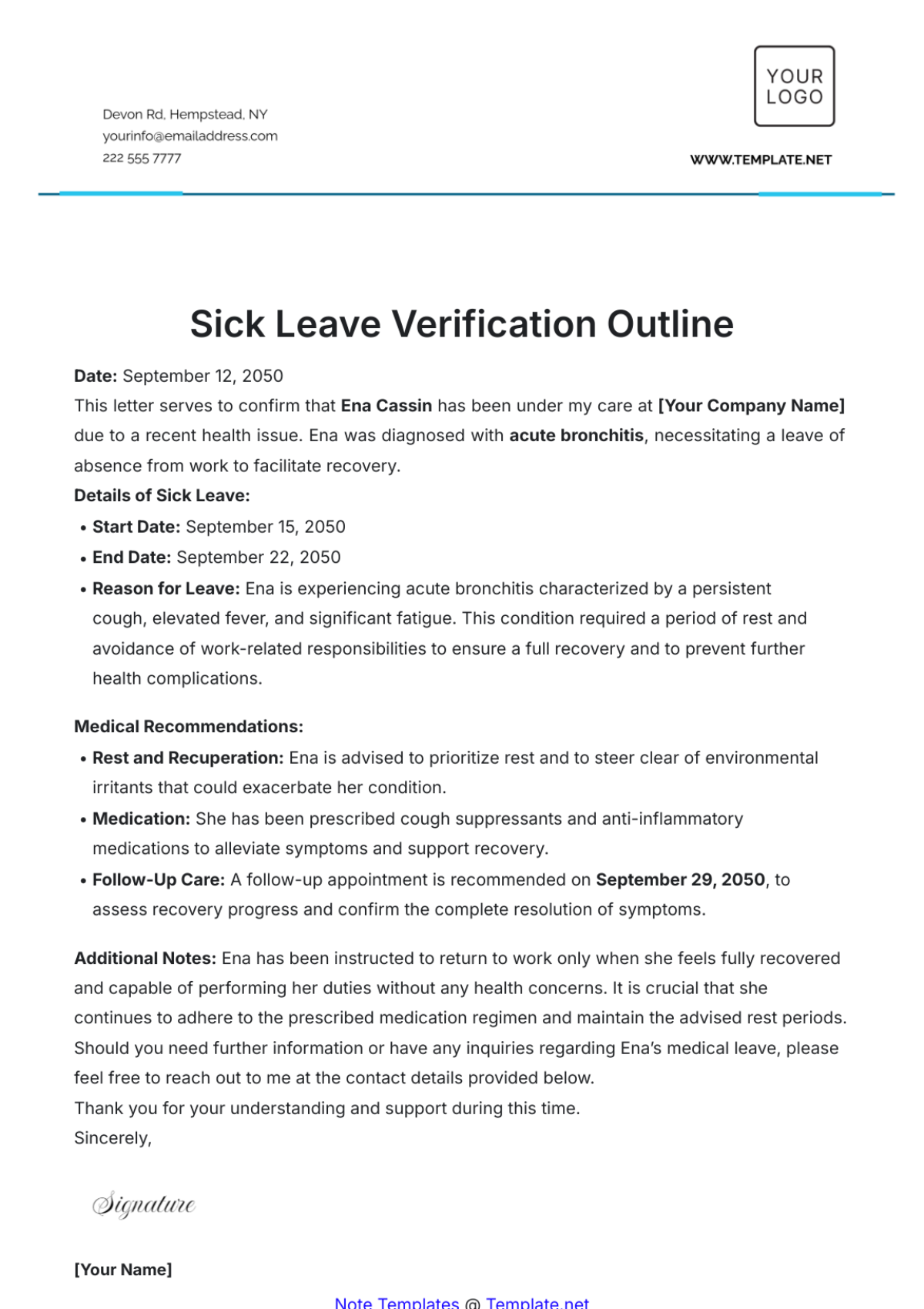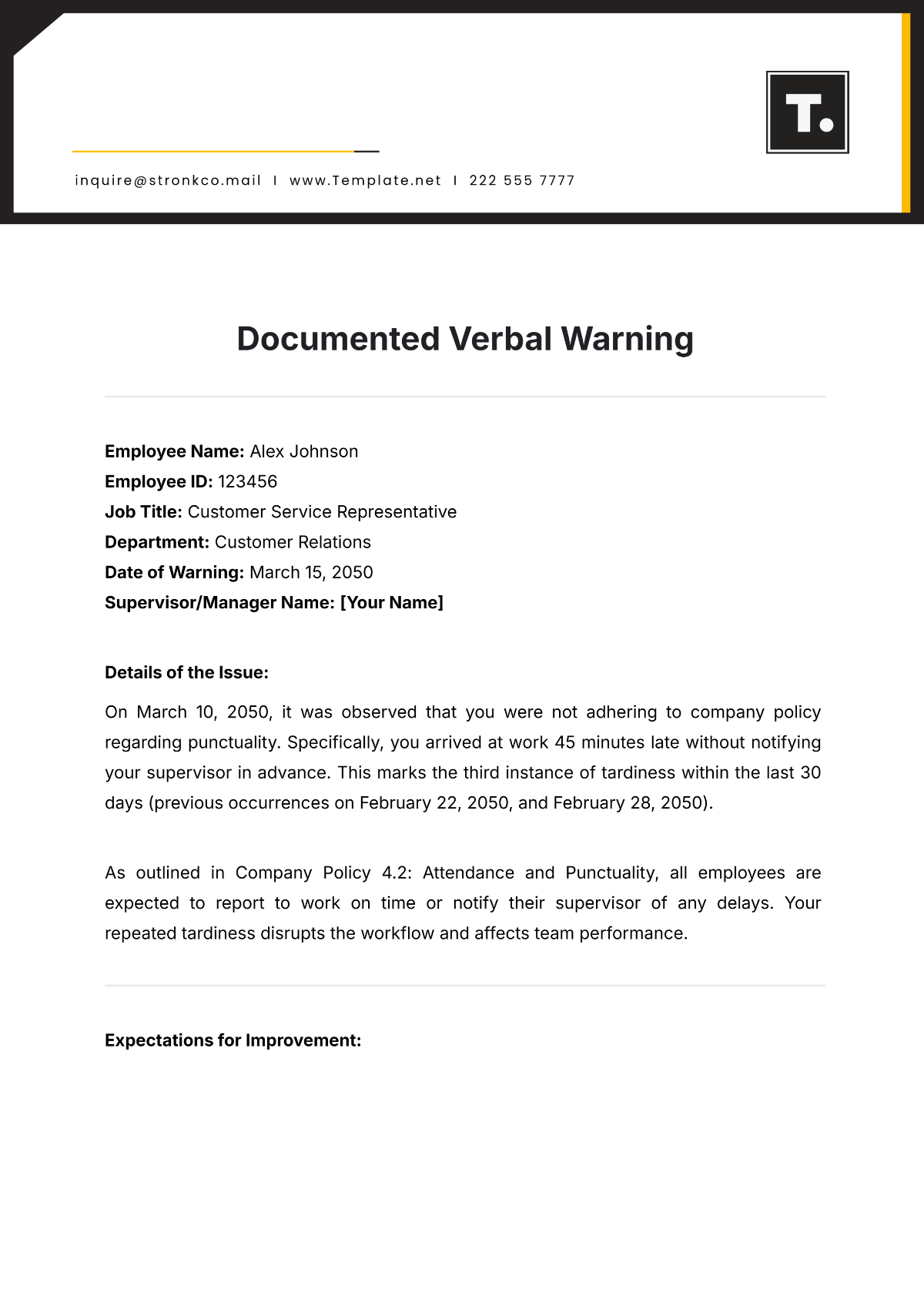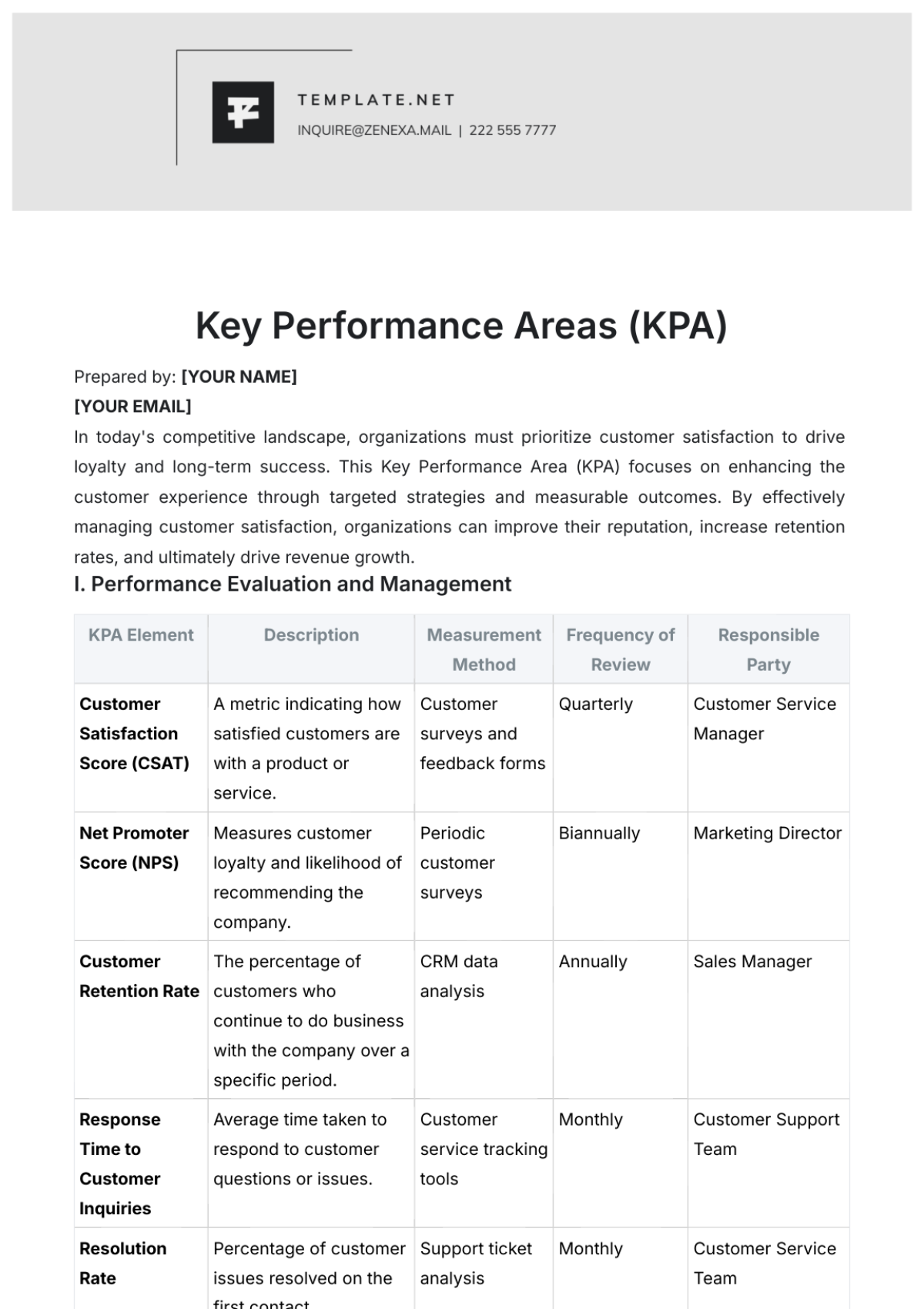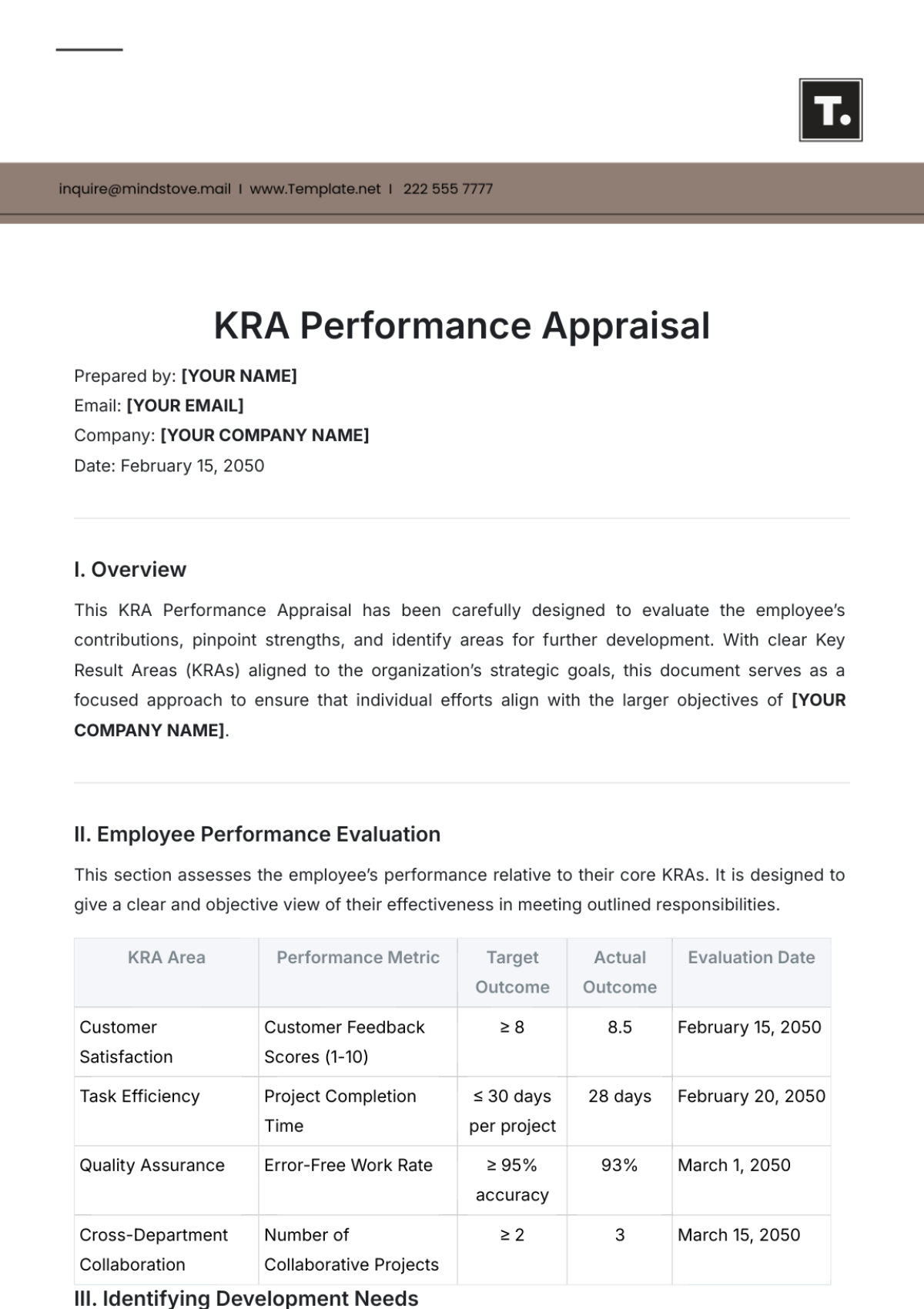Manager's Guide to Effective Performance Reviews
TABLE OF CONTENTS
1. Introduction .......................................................................................................4
Purpose of Performance Reviews ................................................................................4
Aligning with Organizational Goals ..............................................................................4
2. Preparation ........................................................................................................4
Gathering Necessary Data ............................................................................................4
Setting the Review Schedule ........................................................................................4
Creating the Right Review Environment ......................................................................5
3. Performance Review Process ...........................................................................5
Overview of the Review Steps .....................................................................................5
Clarifying Roles and Responsibilities ...........................................................................5
4. Goal Setting .......................................................................................................5
Establishing SMART Goals ............................................................................................6
Aligning Individual Goals with Organizational Objectives ..........................................6
5. Feedback and Communication .........................................................................6
Providing Constructive Feedback ................................................................................6
Techniques for Active Listening ...................................................................................6
6. Documentation ..................................................................................................6
Importance of Record-Keeping ....................................................................................7
Confidentiality and Legal Compliance .........................................................................7
7. Performance Evaluation ....................................................................................7
Criteria for Performance Assessment ..........................................................................7
Use of Metrics and Data in Evaluation .........................................................................7
8. Development and Training ................................................................................8
Identifying Employee Development Needs .................................................................8
Resources for Skill Enhancement .................................................................................8
9. Recognition and Motivation ..............................................................................8
Recognizing Employee Achievements .........................................................................8
Strategies for Motivation and Engagement ................................................................8
10. Career Development .......................................................................................9
Discussing Long-Term Career Goals ...........................................................................9
Exploring Career Paths within the Organization .........................................................9
11. Follow-up and Action Plans .............................................................................9
Setting Post-Review Goals and Expectations .............................................................9
Establishing a Timeline for Monitoring Progress ........................................................9
12. Handling Difficult Conversations ..................................................................10
Addressing Performance Issues Tactfully .................................................................10
Delivering Negative Feedback Constructively ..........................................................10
13. Legal and Ethical Considerations ..................................................................10
Adhering to Anti-discrimination and Privacy Regulations ........................................10
Ethical Guidelines in Performance Reviews ..............................................................10
14. Resources and References ............................................................................11
Additional Resources and Templates .........................................................................11
References to HR Policies and Procedures ................................................................11
15. Conclusion ......................................................................................................11
Reinforcing the Importance of Effective Performance Reviews ..............................11
Appendices ..........................................................................................................11
Introduction
Welcome to [Company Name]’s Manager's Guide to Effective Performance Reviews. In this section, we'll provide an overview of the guide's purpose and how performance reviews align with the organization's goals. Performance reviews are a crucial element of talent management, promoting professional growth and contributing to the organization's overall success.
Purpose of Performance Reviews
Performance reviews are a cornerstone of our organization's talent management strategy. They serve a dual purpose: first, to assess an employee's past performance and contributions, and second, to set the stage for future growth and development. Performance reviews create a structured platform for employees and managers to discuss job performance, set goals, identify training needs, and address career aspirations.
Aligning with Organizational Goals
The success of our organization depends on the collective contributions of its workforce. Every employee plays a crucial role in achieving our strategic objectives and upholding our core values. Performance reviews connect individual efforts with the broader mission, ensuring that everyone understands their role in our shared success.
Preparation
Effective performance reviews begin with careful preparation. In this section, we'll guide you through the essential steps to get ready for a productive review. From gathering necessary data to setting the right review schedule, this stage sets the foundation for a successful performance review.
Gathering Necessary Data
To prepare for a performance review, begin by collecting a range of relevant data. This should include the employee's job description, performance metrics, and any self-assessments they've completed. Additionally, gather feedback from colleagues, customers, and other stakeholders. All this data will provide a comprehensive view of the employee's performance.
Setting the Review Schedule
The timing of performance reviews is vital. Annual reviews provide a holistic view of an employee's performance, but it's worth considering more frequent reviews for employees in fast-paced roles. Ensure that both you and the employee have sufficient time for the review meeting. Adequate time allows for meaningful conversation, goal setting, and discussion of development needs.
Creating the Right Review Environment
The atmosphere in which the performance review takes place matters. Choose a neutral, private setting where the employee feels comfortable sharing their thoughts and receiving feedback. An environment that is free from distractions and interruptions fosters a constructive conversation.
Performance Review Process
The performance review process is a structured approach to evaluating employee performance, setting expectations, and fostering development. In this section, we'll provide an overview of the key steps in the process and clarify the roles and responsibilities of both managers and employees throughout this journey.
Overview of the Review Steps
The performance review process typically consists of several key steps, each with a distinct purpose. These steps include preparation (data gathering and goal setting), the review meeting (discussing performance), goal setting (establishing targets), and follow-up (tracking progress). We'll delve into each of these steps in detail to ensure that the process is well-structured and productive.
Clarifying Roles and Responsibilities
It's important to clarify the roles and responsibilities of both the manager and the employee throughout the performance review process. Managers are responsible for providing feedback, setting goals, and offering support. Employees are responsible for participating actively, sharing their perspectives, and committing to their own development. This clarity ensures a mutual understanding of expectations and contributions.
Goal Setting
Goals are instrumental in guiding employee development and aligning individual efforts with organizational objectives. In this section, we'll explore how to establish SMART goals and ensure that these goals contribute to the organization's broader mission.
Establishing SMART Goals
Setting clear and SMART goals is pivotal in guiding an employee's development. We'll guide you on how to create goals that are Specific, Measurable, Achievable, Relevant, and Time-bound. This framework provides a roadmap for performance improvement and development.
Aligning Individual Goals with Organizational Objectives
Goals should not exist in isolation but should be aligned with the broader objectives of the organization. We'll discuss strategies for ensuring that individual performance goals contribute to the company's success. By aligning individual goals with organizational goals, employees understand how their work directly impacts the company's mission.
Feedback and Communication
Effective communication and feedback are at the core of performance reviews. In this section, we'll delve into providing constructive feedback and the importance of active listening. These skills create an environment for open and productive dialogue during reviews.
Providing Constructive Feedback
Constructive feedback is at the core of any successful performance review. It's an opportunity to celebrate achievements and identify areas for improvement. We'll explore techniques for providing feedback that acknowledges accomplishments and addresses development needs. Effective feedback is specific, action-oriented, and forward-looking.
Techniques for Active Listening
Communication during performance reviews is a two-way street. Effective communication relies on active listening, which involves not only hearing but understanding and responding to what the employee is saying. We'll introduce techniques such as paraphrasing, asking clarifying questions, and showing empathy to encourage open dialogue.
Documentation
Documentation is a cornerstone of a successful performance review process. This section emphasizes the significance of record-keeping, outlines its importance for legal and compliance reasons, and underscores the need for maintaining confidentiality.
Importance of Record-Keeping
Documentation serves several critical functions in performance reviews. It ensures consistency and fairness in the evaluation process and provides a record of discussions and agreements. Additionally, documentation is essential for legal and compliance reasons. We'll emphasize the importance of maintaining thorough records, including notes from meetings, goal-setting documentation, and any relevant emails or documents.
Confidentiality and Legal Compliance
During performance reviews, confidentiality is paramount. We'll discuss the ethical and legal requirements for keeping the employee's performance information private and secure. This section will address anti-discrimination laws, privacy regulations, and other legal considerations. Performance reviews must align with these standards to protect both the employee and the organization.
Performance Evaluation
Evaluating employee performance is a critical part of the review process. This section will guide you on establishing performance criteria, using metrics and data in evaluation, and ensuring that assessments align with job expectations and competencies.
Criteria for Performance Assessment
To evaluate an employee's performance effectively, it's crucial to establish clear criteria. This section will guide you in determining the key performance indicators (KPIs) and competencies relevant to the employee's role. We'll discuss how to measure performance against job expectations and competencies, creating a comprehensive evaluation process.
Use of Metrics and Data in Evaluation
Data-driven performance evaluation provides an objective foundation for assessments. We'll explore how to use performance metrics and data in the evaluation process. This can involve tracking key performance indicators, analyzing trends, and comparing performance against benchmarks, all of which contribute to an objective, fact-based evaluation.
Development and Training
Beyond assessment, performance reviews should identify and address development needs. In this section, we'll explore how to identify these needs and connect employees with resources for skill enhancement and growth opportunities.
Identifying Employee Development Needs
Performance reviews should go beyond evaluating past performance; they should also identify development needs. This section will help you identify areas where employees require additional training, skill enhancement, or mentorship. Effective development plans take into account both the employee's aspirations and the organization's needs.
Resources for Skill Enhancement
The organization offers various resources for employee development. These may include in-house training programs, external courses, mentorship opportunities, and access to learning materials. We'll explore these resources and help you connect employees with the tools they need to grow in their roles.
Recognition and Motivation
Recognizing employee achievements is a powerful motivator. This section discusses strategies for acknowledging accomplishments and provides insights into motivating employees to excel in their roles.
Recognizing Employee Achievements
Recognition is a powerful motivator. It not only acknowledges an employee's accomplishments but also reinforces positive behavior. We'll discuss strategies for recognizing and rewarding employees for their hard work and achievements, whether through formal recognition programs or simple expressions of gratitude.
Strategies for Motivation and Engagement
Employee motivation directly impacts job satisfaction and productivity. We'll provide strategies for motivating employees to excel in their roles. These strategies may include aligning individual work with personal interests, involving employees in decision-making, and creating opportunities for skill development and growth.
Career Development
Employees have long-term career aspirations, and performance reviews are a platform for discussing these goals. This section encourages exploring career paths within the organization and helping employees align their career journeys with organizational success.
Discussing Long-Term Career Goals
Beyond the immediate job, employees have long-term career aspirations. We encourage discussing these aspirations during performance reviews. Understanding an employee's career goals helps align their path with the organization's trajectory.
Exploring Career Paths within the Organization
Our organization offers various career paths, each with its own opportunities and challenges. We'll provide information about different career paths, upward mobility, and how employees can navigate their journey within the organization.
Follow-up and Action Plans
The performance review isn't a standalone event; it's part of a continuous improvement process. In this section, we'll discuss setting post-review goals and establishing a timeline for tracking progress. This ensures that development remains on track and accountable.
Setting Post-Review Goals and Expectations
The performance review is not a one-time event but part of a continuous improvement process. This section guides you on setting post-review goals and expectations, creating a roadmap for the employee's development.
Establishing a Timeline for Monitoring Progress
Tim Timely follow-up is crucial to ensuring that goals are met. We'll help you create a timeline for monitoring progress, whether that involves periodic check-ins or subsequent performance reviews. This process keeps development on track and fosters accountability.
Handling Difficult Conversations
Performance reviews may sometimes involve addressing challenging or sensitive issues. This section provides guidance on approaching these conversations tactfully, fostering empathy, and delivering negative feedback constructively.
Addressing Performance Issues Tactfully
Performance reviews may involve addressing challenging or sensitive issues. This section guides how to approach these conversations tactfully. It emphasizes the importance of approaching performance issues with empathy and a solutions-oriented mindset. The goal is to encourage the employee's growth and development.
Delivering Negative Feedback Constructively
Constructive criticism is a valuable tool for improvement. We'll explore strategies for delivering negative feedback in a way that encourages growth rather than discouragement. This involves framing feedback as an opportunity for development, focusing on specific actions, and collaboratively setting improvement goals.
Legal and Ethical Considerations
Adhering to legal and ethical standards is a fundamental aspect of performance reviews. This section emphasizes the importance of complying with anti-discrimination and privacy regulations, as well as upholding ethical principles in reviews.
Adhering to Anti-discrimination and Privacy Regulations
Performance reviews must adhere to anti-discrimination laws and privacy regulations. We'll provide an overview of these regulations, emphasizing the importance of conducting reviews in a manner that respects employee rights and ensures equal treatment.
Ethical Guidelines in Performance Reviews
Beyond legal considerations, we'll delve into the ethical principles that should guide performance reviews. These include fairness, objectivity, transparency, and treating all employees with respect and dignity. Upholding these ethical guidelines helps maintain a positive and respectful work culture.
Resources and References
This section provides additional resources and references to support your performance review process. We'll guide you to templates, sample forms, and HR policies and procedures that can further enhance your performance review practices.
Additional Resources and Templates
Access a list of additional resources to support your performance review process. These resources may include templates for review forms, sample questions for discussions, and guides for conducting specialized types of reviews (e.g., probationary or annual reviews).
References to HR Policies and Procedures
Familiarize yourself with HR policies and procedures related to performance reviews within the organization. Understanding these policies ensures that reviews are conducted in alignment with established guidelines and practices.
Conclusion
In conclusion, we'll reinforce the importance of effective performance reviews and their role in promoting employee and organizational growth. It serves as a reminder of the positive impact these reviews can have on performance and job satisfaction.
Reinforcing the Importance of Effective Performance Reviews
In conclusion, we underscore the significance of conducting effective performance reviews. Effective reviews contribute to the growth of both employees and the organization, foster improved job performance, and contribute to a positive work environment.
Appendices
The appendices contain supplementary materials to assist in the performance review process, such as templates, sample meeting agendas, and self-assessment forms. These resources aim to streamline and enhance your review practices.
Performance Review Forms: Access sample forms for performance reviews, self-assessments, and other documentation.
Review Meeting Agendas: Review example meeting agendas for different types of performance reviews to guide your own preparations.
Employee Self-Assessment Forms: Provide employees with self-assessment forms to encourage reflection on their own performance and development needs.
This comprehensive Manager's Guide to Effective Performance Reviews is designed to provide managers with the knowledge and tools they need to conduct performance reviews that are fair, constructive, and aligned with the organization's goals. It serves as a valuable resource for both new and experienced managers, ensuring consistency and excellence in performance management practices.
